Conservation
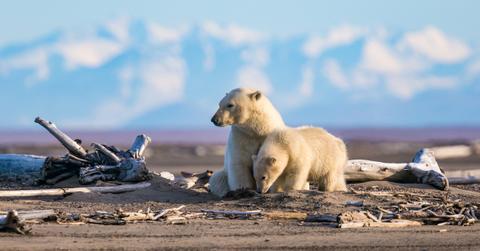
If you ever watched Jack Hanna, Crikey! It’s the Irwins, or any other kind of wildlife program, then maybe you’ve heard the word “conservation” thrown around. While nature shows often strive to have a positive impact on conservation, the sad truth is that wildlife TV shows don’t do much to actively help conservation. But what does “conservation” actually entail?
Conservation means taking action toward the long-term preservation of nature for future generations. As humans continue to consume (and therefore, deplete) natural resources, many organisms reap the repercussions and head into threatened status and worse, extinction.
The definition of conservation has long been discussed and at times, even debated. While the Cambridge English Dictionary defines it as “protection of plants and animals, natural areas,” one of the earliest definitions — published in World Conservation Strategy by IUCN in 1980 — offered three main tenets of what could be considered conservation. These include 1) maintaining essential ecological processes and life support systems, 2) preserving genetic diversity, and 3) ensuring the sustainable utilization of species and ecosystems.
And while watching Nature and Life on Netflix or other streaming services won’t cause any real actionable benefits for the sake of conservation, there’s a lot to be said about educating yourself about conservation and learning what you can do to help.
What are the main issues of conservation?
As mentioned earlier, many naturalists and scientists debate over what issues are included in conservation. The good news is: We all seem to agree on six main categories: animal welfare, captive breeding, ecological restoration, sustainable development, sustainable use, and research. Each of these six issues seem to be the current focus of conservation — here's a look into them all.
Animal welfare
Protecting certain species is one part of animal welfare, but it might come as a shock that death is also crucial to practical conservation. What does that mean? Conservation means taking into consideration invasive species that affect threatened species, controlling wildlife diseases, managing overpopulation of some species, and even predator control.
Of course, without these animal welfare practices, many species would go extinct, which makes animal welfare such an integral part of practical conservation.
Captive breeding
Captivity is not an ideal solution, but right now it is one of the only ones we have to saving certain wild species. Captive breeding means capturing certain animals and breeding them in captivity — whether it’s a zoo, aquarium, or animal sanctuary.
It often goes by the name ex situ conservation and can be controversial. No matter your stance, though, the goal of captive breeding is to save threatened species that would otherwise go instinct in the wild. Captivity is meant to buy time while we figure out a longer-term solution to whatever threat the species (disease, predator overpopulation, etc.) may face in the wild.
Ecological restoration
The goal of ecological restoration is to reintroduce species and habitats to what they once were (called reintroduction and rewilding). Ecological restoration seeks to restore the habitat’s natural ecosystem. (Think of what Simba did for Pride Rock at the end of The Lion King; all the birds came back, there was food for the lionesses to hunt, the grass regrew, etc.)
One of the main reasons ecological restoration has become necessary is the human impact on the planet. There is no doubt that humans have played a detrimental role in the preservation of landscapes, ecosystems, and habitats; ecological restoration seeks to undo that harm and rebuild what humans destroyed.
Sustainable development
There is no denying that development will continue; however, the idea of sustainable development suggests that we can move forward, meeting the needs of the present, “without compromising the ability of future generations to meet their own needs.” In short, sustainable development is all about the demands of the present and the future coexisting.
Sustainable development seeks to develop in a way that isn’t harmful to nature and won’t affect it negatively in the long run. The main argument for sustainable development — because the issue itself is a bit controversial — is that conservation is directly affected by the social and economic climate. Conservation cannot take place outside of social and economic lines; they have to coexist, and therefore, figuring out a way to develop sustainable is important to conservation.
Sustainable use
Sustainable use takes a look at how humans “use” nature and animals and asks the question: Can we “use” a species in the long term without negatively affecting it? Think of "sustainable" fishing or hunting. The question would be, even if we are executing somewhat sustainable practices in fisheries or during hunting season, do these behaviors still cause species to disappear, become extinct, or see a rapid decline?
When considering sustainable use, it’s important to know there are two main kinds of species: fast-breeding and slow-breeding ones. In the context of sustainable use, it is generally a more beneficial to all to “use” fast-breeding species (because they replenish themselves quicker and therefore, can keep up with the rate they’re being used).
Research
The need for research seems to be the most obvious one. After all, the more we know about conservation, about species, wildlife, and ecosystems, the more we can contribute to conservation in effective and meaningful ways.
Research might include learning about new conservation techniques, understanding the inner workings of an ecosystem (including its positives and its negatives), and so much more. Research is essential to the act of conservation because most of conservation is based around the information that research generates.
What does a lack of conservation cause?
When humans — for lack of a better expression — run amok, flying through natural resources, and consuming at rates that are impossible to keep up with, our planet takes a hit. That’s why conservation is so important because at its core, the point of conservation is mostly to undo human mistakes and our species’ overall negative impact on the planet.
When we don’t focus on conservation, we start to see many negative results. These include loss of habitat for animals, endangered (and sometimes even extinct) species, and deforestation.
Deforestation
Since the 1990s, the world has lost 3 percent of its total forests. Nearly 70 percent of those deforested areas in the 90s were converted into agricultural land. That is, these forests were gutted to make room for more agricultural space — purely for human consumption.
Deforestation is the mass clearing of trees. It happens in the name of agriculture, logging, harvesting of timber, wood for fuel, and natural disasters like wildfires. Deforestation causes more exhaust than a year’s worth of exhaust from planes, trains, cars, trucks, and ships combined. Because there are fewer trees to clean the air, anyone who breathes suffers the negative impact of deforestation, too — not just animals.
As of 2019, half of the world’s original forests have disappeared. This is a big deal, not only because of the aforementioned exhaust we’re all breathing in, but because forests are some of the largest natural habitats the world has to offer. Tropical forests contain at least half of the Earth’s species. Clear out the forests and you’re clearing out half of our animals and plants. This leads to habitat loss and more endangered species.
Endangered species
An endangered species refers to a species that has been categorized as very likely to become extinct sometime in the near future. Species receive this categorization when their recorded numbers see a rapid decline, a decline that their ability to repopulate can’t keep up with.
As of 2023, there are 150,300 species on the International Union for Conservation of Nature’s (IUCN) Red List. Species on this list include both animals and plants that are on track to becoming extinct.
A massive part of conservation is undoing the large number of species who have earned endangered or threatened status. Because human consumption is the reason these animals and plants have been driven into endangerment or worse, extinction, we have to work hard in the name of conservation to undo as much of this as we can as preserve as much as nature as possible.
How can we do this? As mentioned above in the tenets of conservation, captive breeding is important to maintaining the existence of certain threatened and endangered species. Ecological restoration is also huge for endangered species because rebuilding their habitats ensures that these declining species have a home.
Habitat loss
Loss of habitat is one of the most pressing issues animals in the wild face. In fact, habitat loss is listed as a main threat to many of the species on the IUCN Red List — species that are officially classified as “threatened” and “endangered.”
But what causes habitat loss in the first place? Deforestation is one such factor, as the more the forest degrades, the less habitat the animals who would live there naturally have to explore and live on. The decline of our coastal and marine areas is also crucial to contributing to habitat loss. As the human population grows, our coastal and marine areas see the negative effects of urbanization, industrialization, and tourism. Many of our ecosystems live close to, nearby, on the coast, or in the waters. If our coastal and marine areas are degraded by human factors like consumption, land-use patterns, and poverty, then we start to see a drastic decline in the species that live in these habitats.
Latest Conservation News and Updates
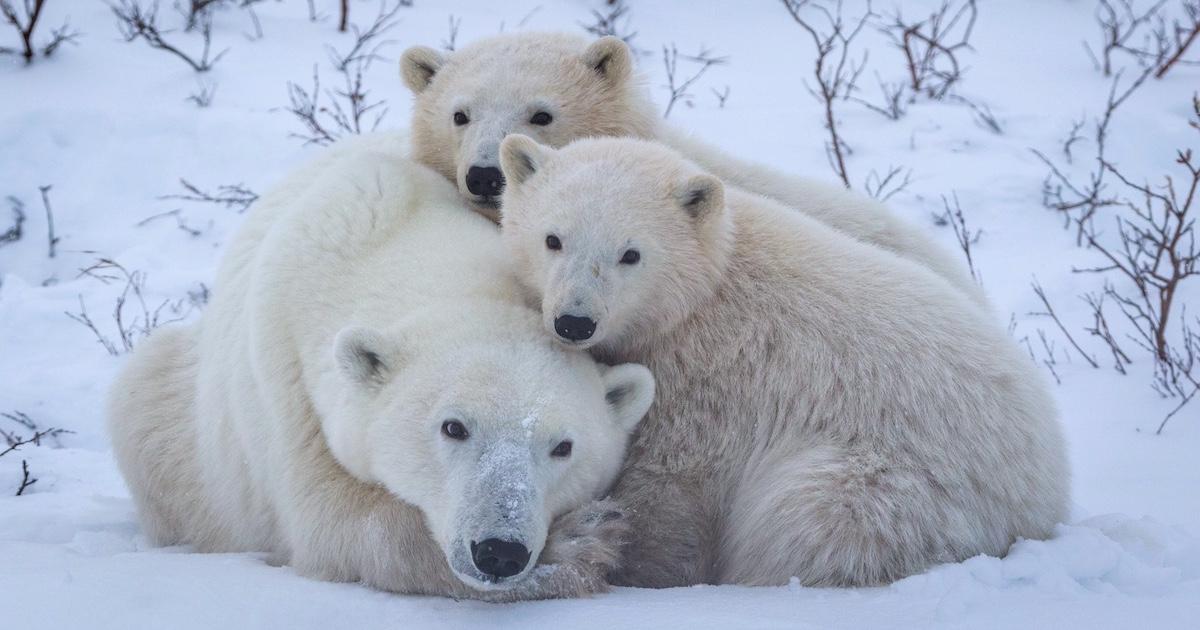
It's International Polar Bear Day — How to Honor Mamas and Cubs, Who Are Threatened by Climate Change
International Polar Bear Day specifically honors mama polar bears and their cubs — half of whom don't make it to adulthood.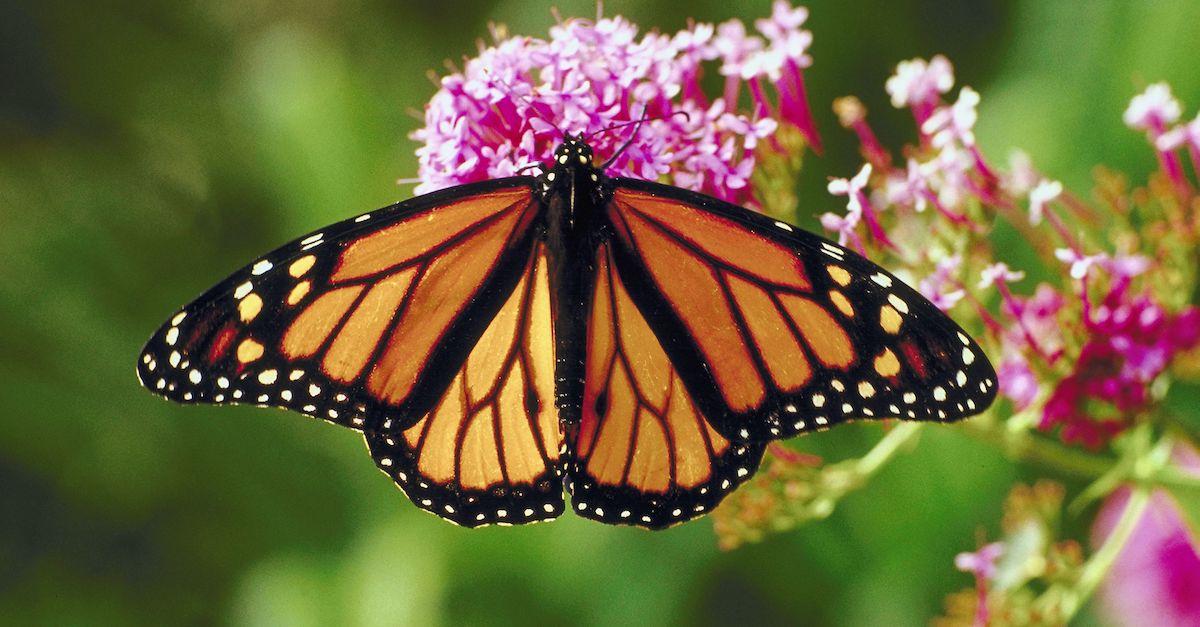
Inside the Push to Put Monarch Butterflies Under the Endangered Species Act — Details Here
Although monarch butterflies were added to the IUCN Red List of Threatened Species in 2022, they hadn't been federally protected — until now.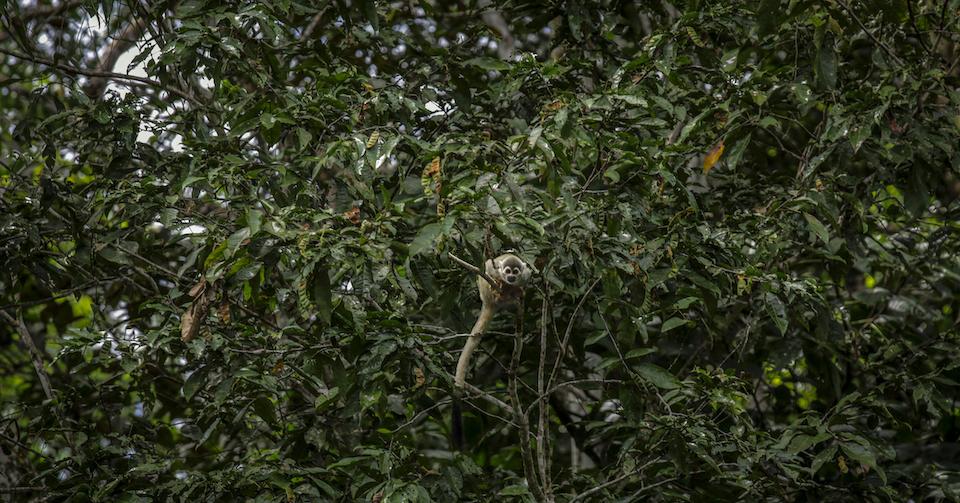
The New Species Experts Have Discovered — or Rediscovered — Throughout 2024
In 2024, a number of new animal species were discovered (and rediscovered!) including snakes, dinosaurs, jaguars, and more.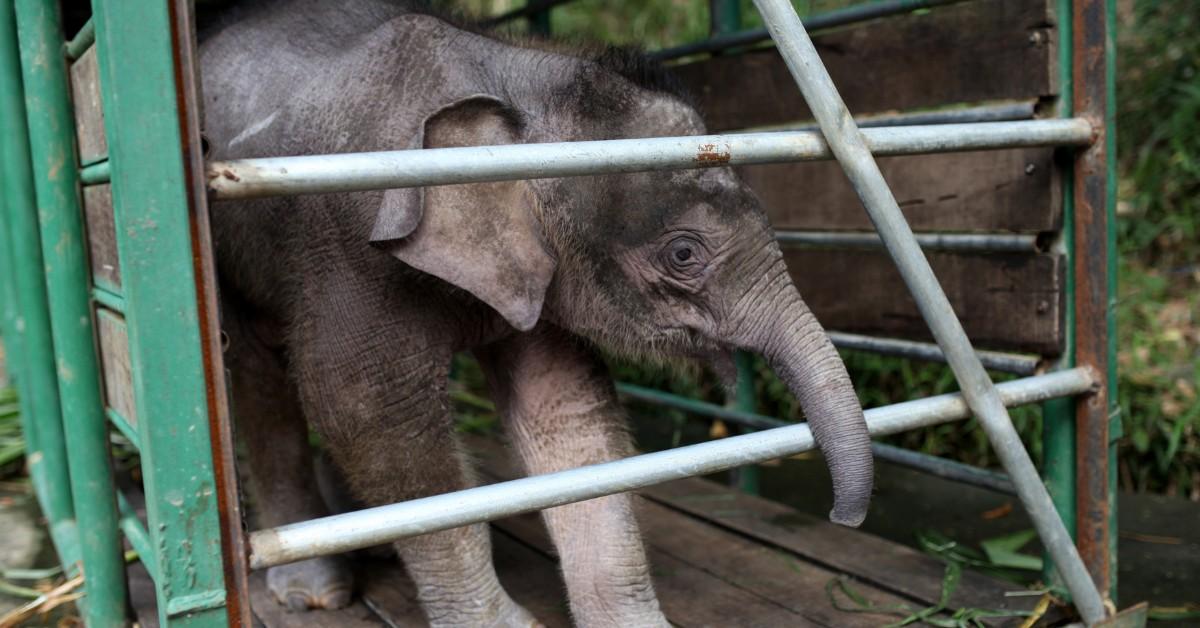
The Borneo Elephant, the World's Smallest Elephant, Is Now Endangered
The Borneo Elephant is native to Borneo and Sumatra and is currently on the endangered species list.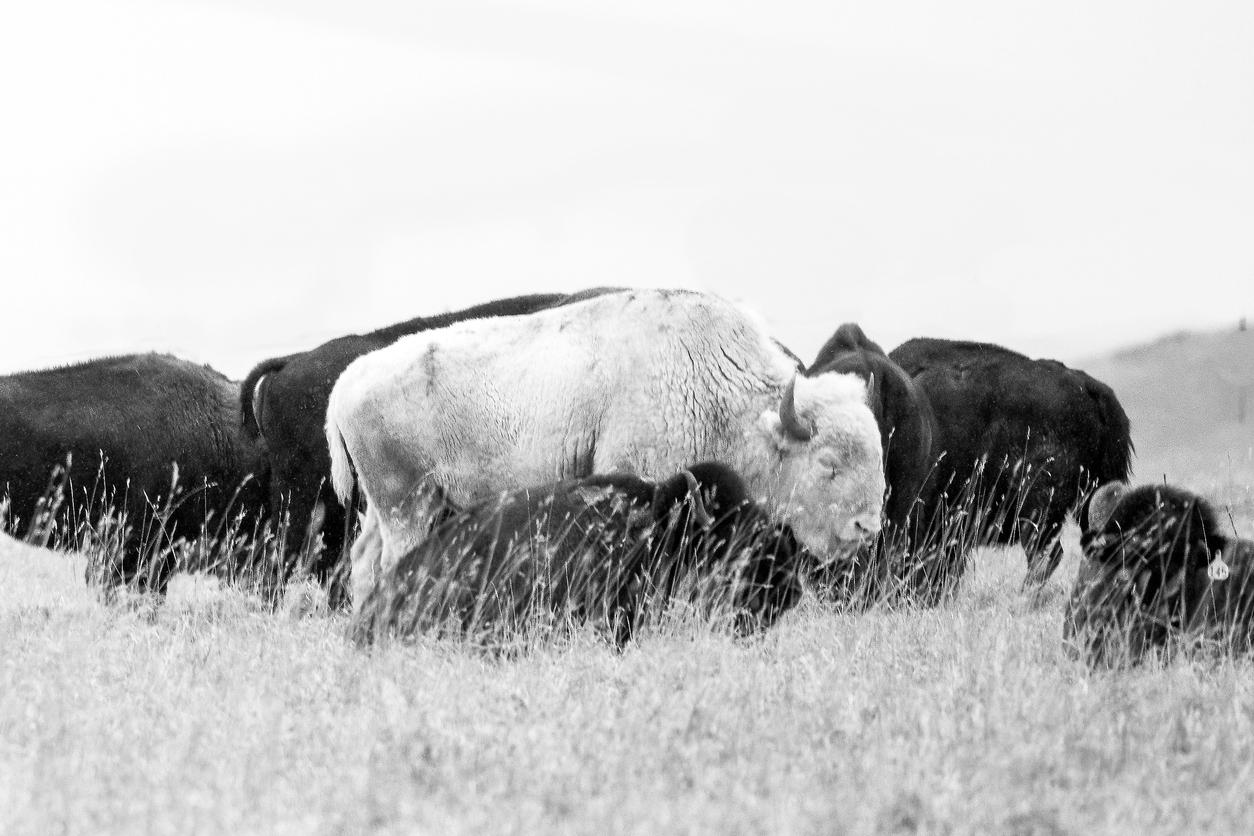
What Is the White Buffalo Prophecy? Rare Birth Is Both Blessing and Omen for Humanity
The birth of a white buffalo in Yellowstone National Park has prompted celebration from Lakota Sioux leaders who say the birth is an omen.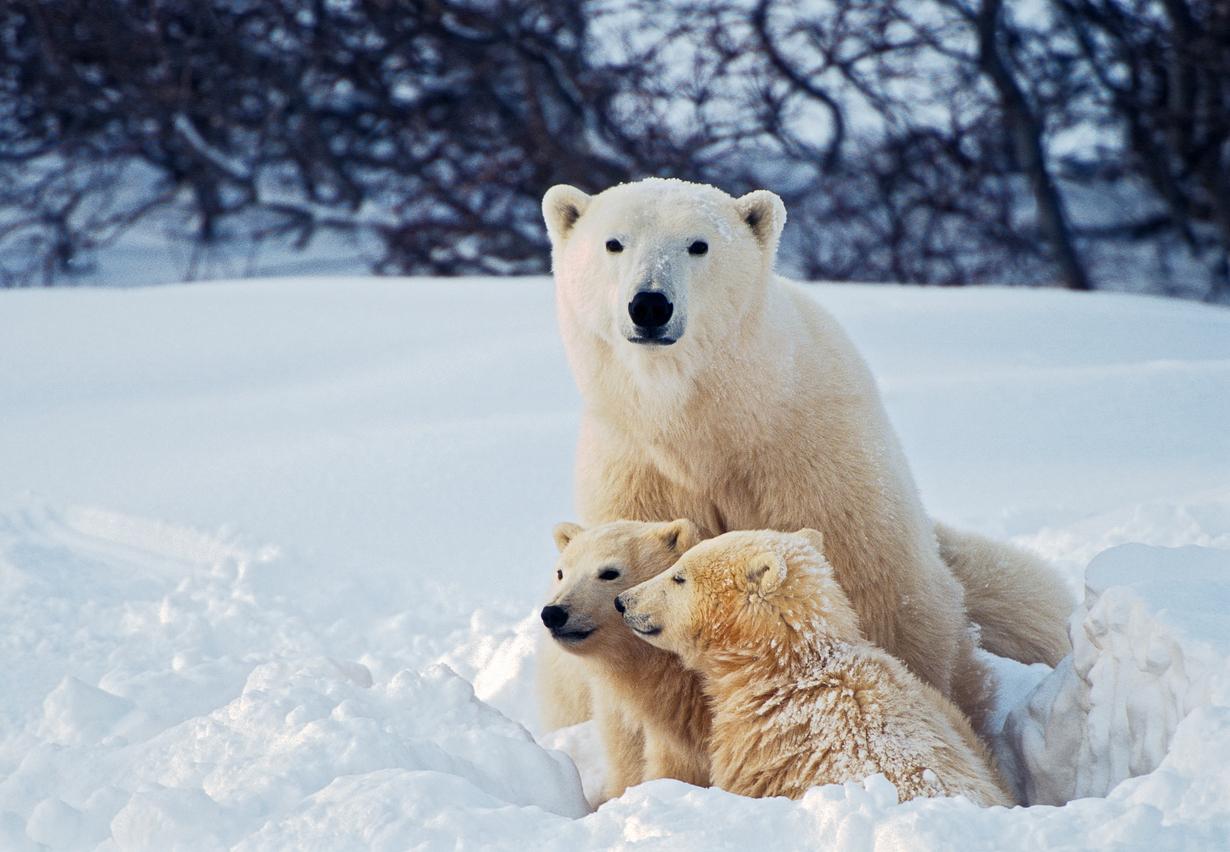
Why There Aren't Polar Bears in Antarctica, According to an Expert
Polar bears are always in search of quality ice and available prey. Evolution seems to have forbid their passage to Antarctica.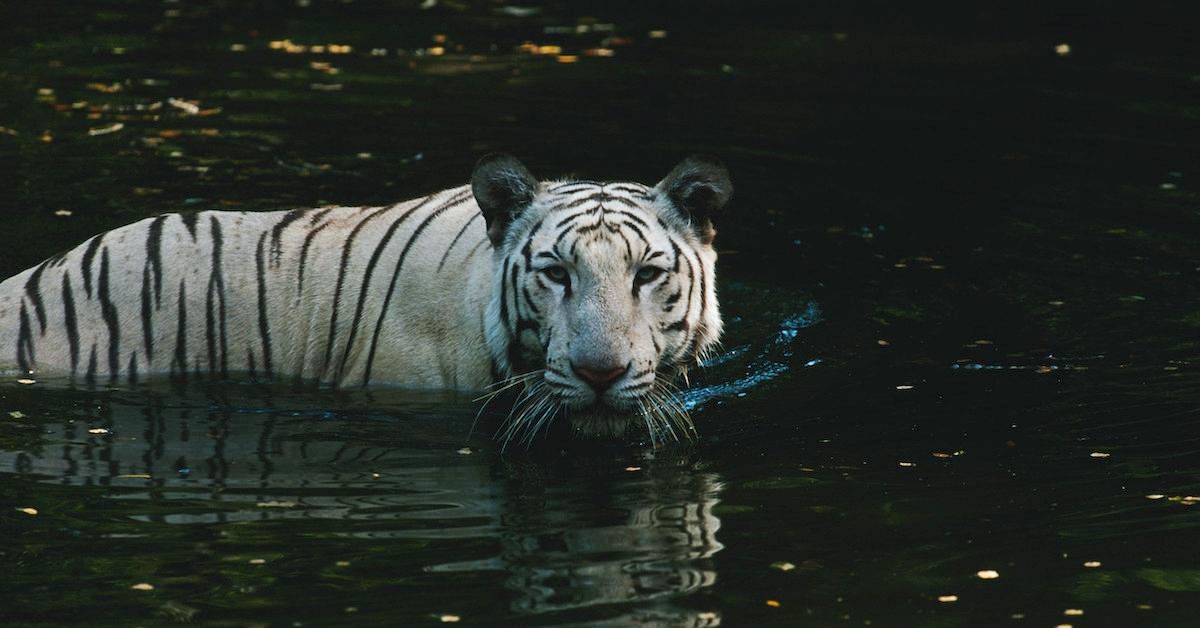
Here's What's Happening With the Black Jaguar-White Tiger Foundation After Its Shutdown
Mexico City's Black Jaguar-White Tiger Foundation was raided and eventually shut down in July 2022 after receiving multiple allegations of animal cruelty.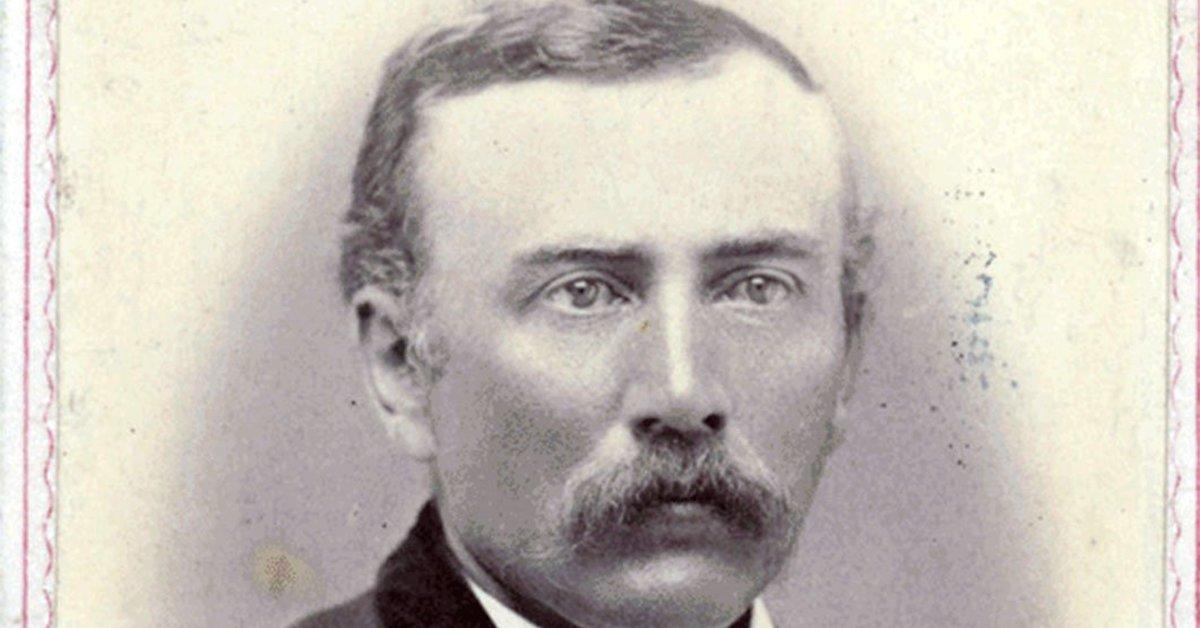
Arbor Day Founder J. Sterling Morton's Racist Past Cannot Be Ignored
Arbor Day founder J. Sterling Morton founded the holiday to spread his love of trees, but we must acknowledge his problematic views.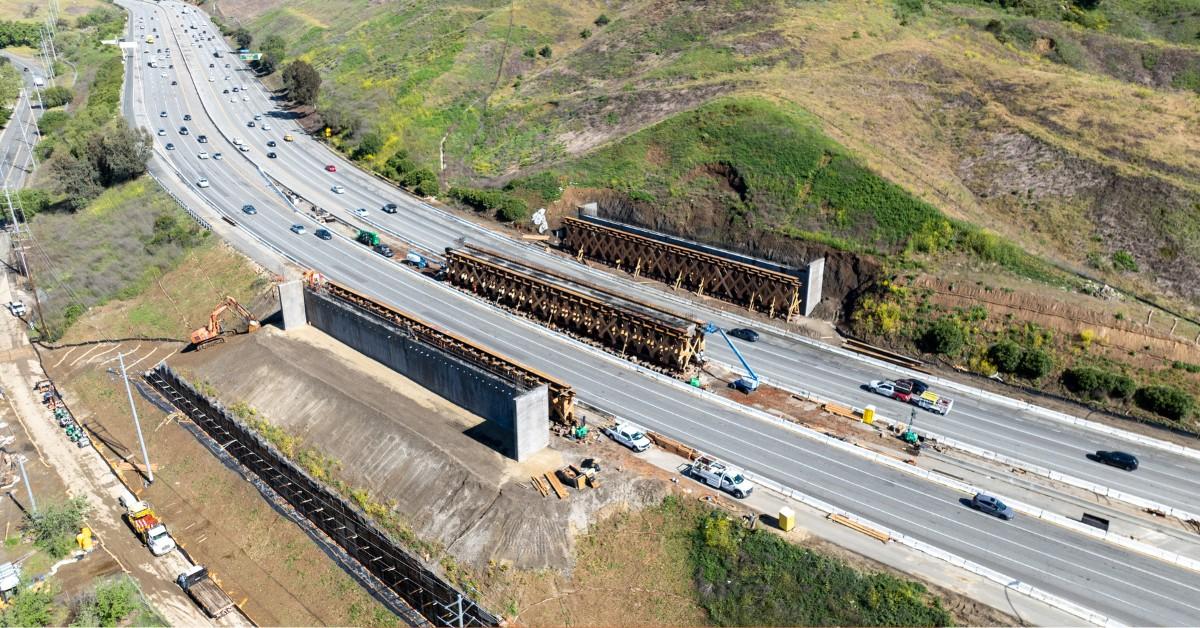
Massive Wildlife Corridor Will Help Animals Safely Cross Major LA Freeway
Wallis Annenberg and the Annenberg Foundation break ground on wildlife corridor being built to help animals safely cross Los Angeles' 101 freeway.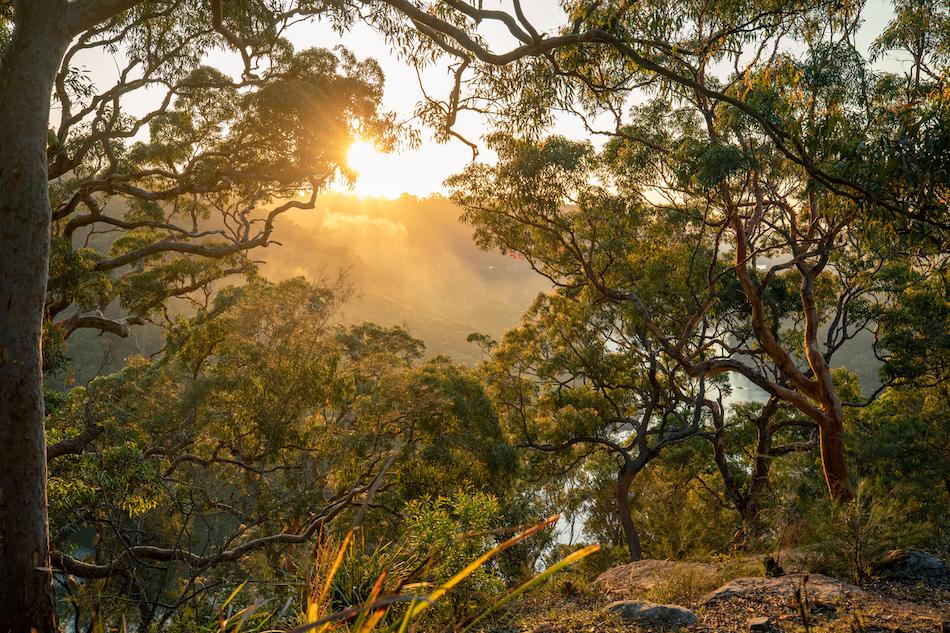
Threatened Ecological Communities: These Habitats at Risk of Extinction in Australia
Australia's threatened ecological community list includes more than 100 biodiverse habitats, but is enough being done to protect them?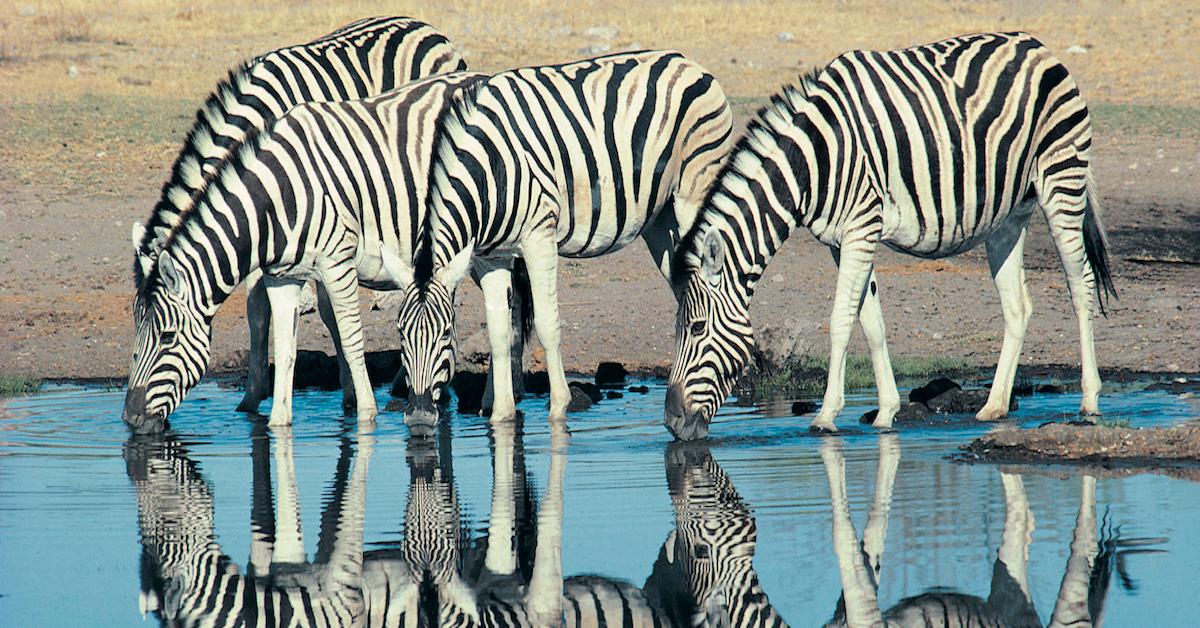
International Zebra Day Aims to Help Raise Awareness for the Endangered Grévy's Zebra
International Zebra Day takes place on Jan. 31 every year. Here's how to observe the holiday, which raises awareness for zebra conservation.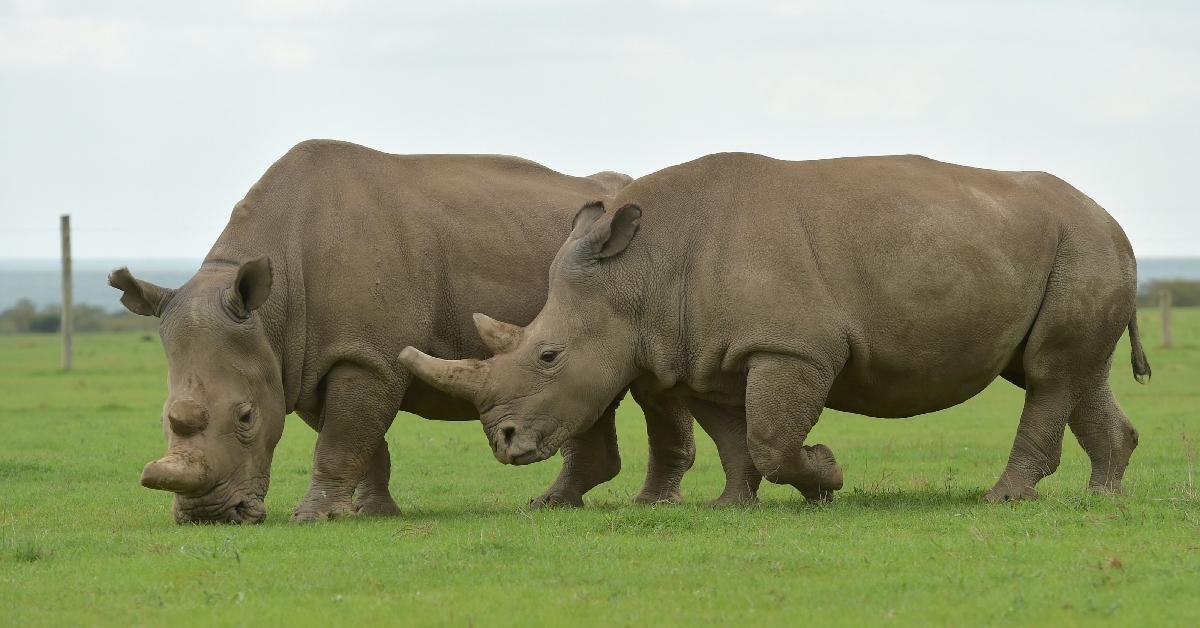
Northern White Rhinos Are Functionally Extinct — but IVF Is About to Change That
After a successful embryo transfer on a southern white rhino, scientists hope IVF can save the northern white rhino from extinction.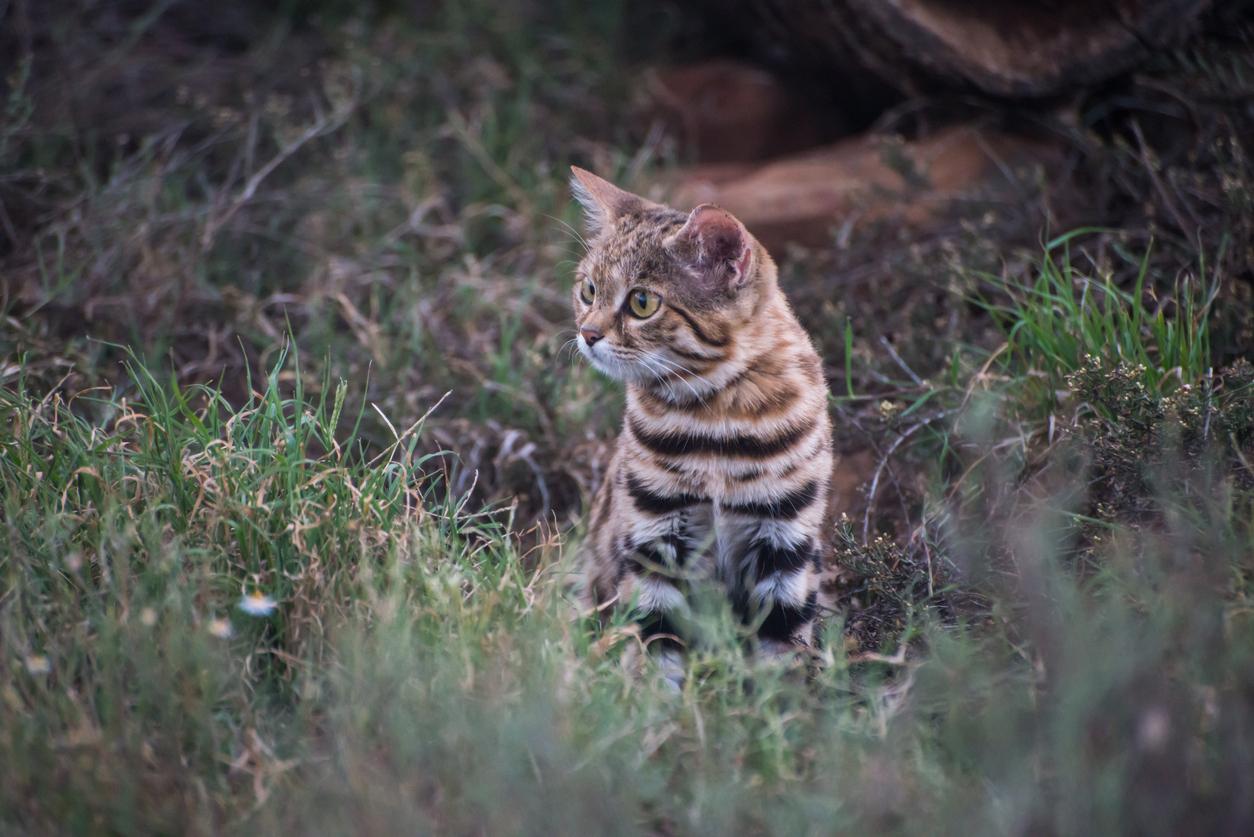
Can You Keep a Black-Footed Cat As a Pet? Experts Say "No" to World's Deadliest Cat
The black-footed cat ranks as the deadliest cat in the world, despite being 8 inches tall and weighing as much as a kids' bowling ball.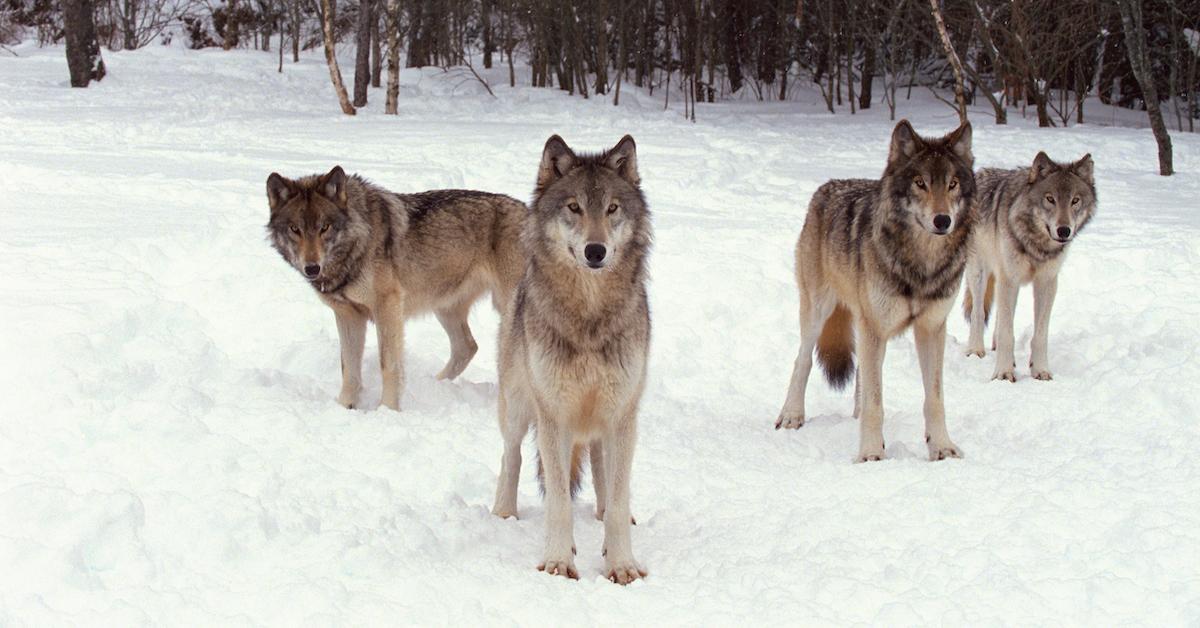
Colorado Releases First Five Wolves in First-of-Its-Kind Reintroduction Plan
Wildlife officials crafted plans to reintroduce wolves to the Colorado wild. In December 2023, the first five wolves were released.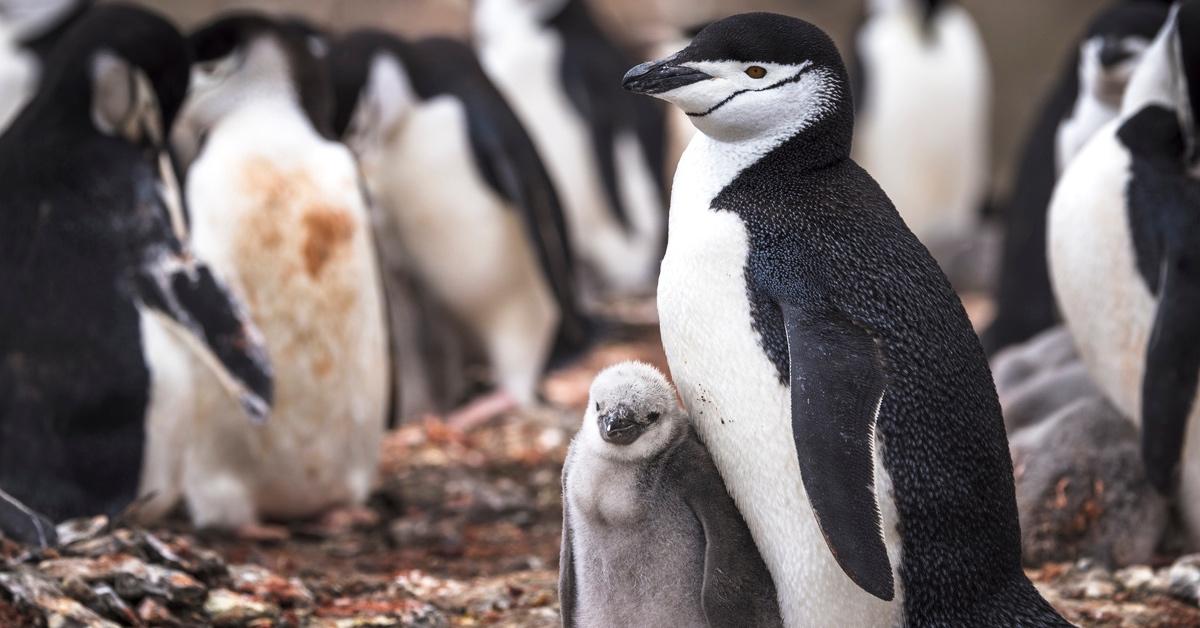
Penguin Parents Do This Sweet Thing to Keep an Eye on Their Babies
Penguins are so cute, but are they good parents? A 2023 study reveals previously unknown protective behaviors in these flightless birds.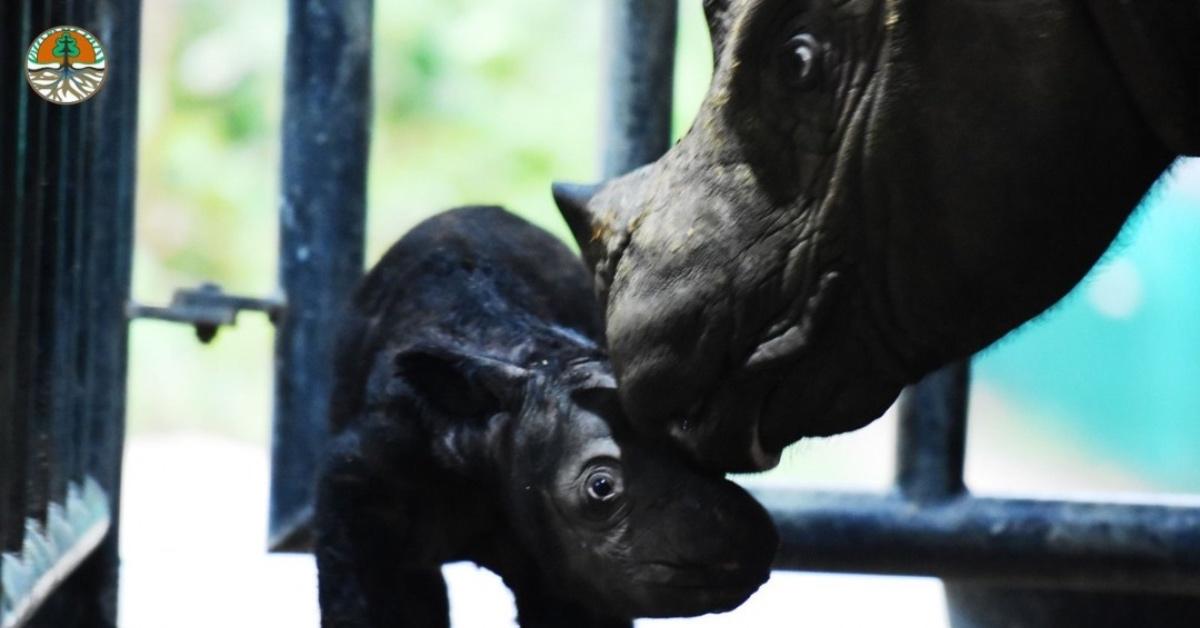
Birth of a Baby Sumatran Rhino Provides Hope for the Critically Endangered Species’ Future
In Indonesia, a baby Sumatran rhino was just born at a sanctuary, which is another huge win for the critically endangered species.
Saving the Sloths: Which Species Are Endangered and Why
Although only one sloth species is considered endangered, all sloth species are facing population decline due to deforestation and habitat loss.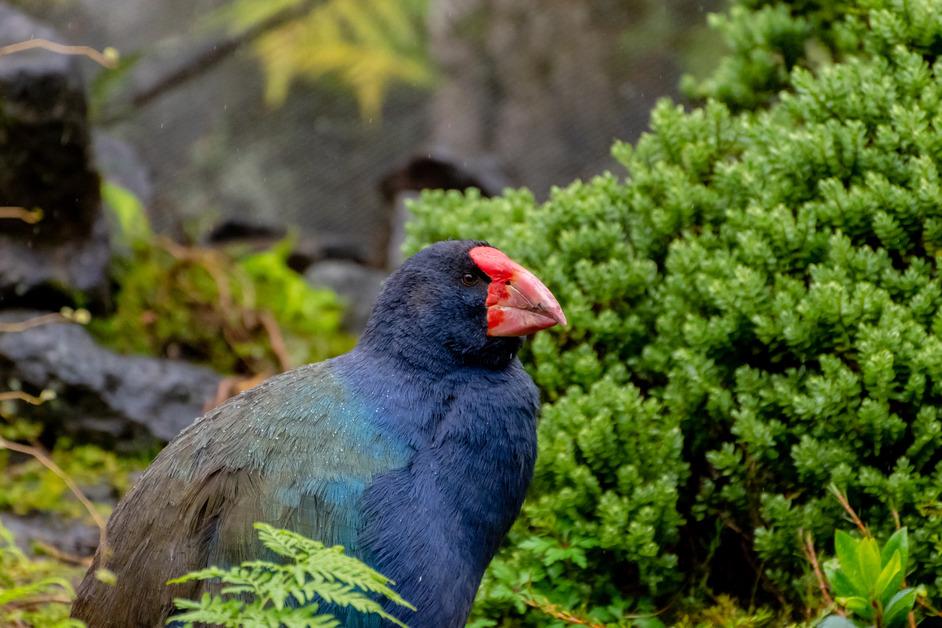
Takahē Chicks Thrive at New Zealand Ecosanctuary After Declared Extinct for Decades
After being declared extinct in 1898, the rare takahē bird species is making a comeback thanks to decades of conservation efforts.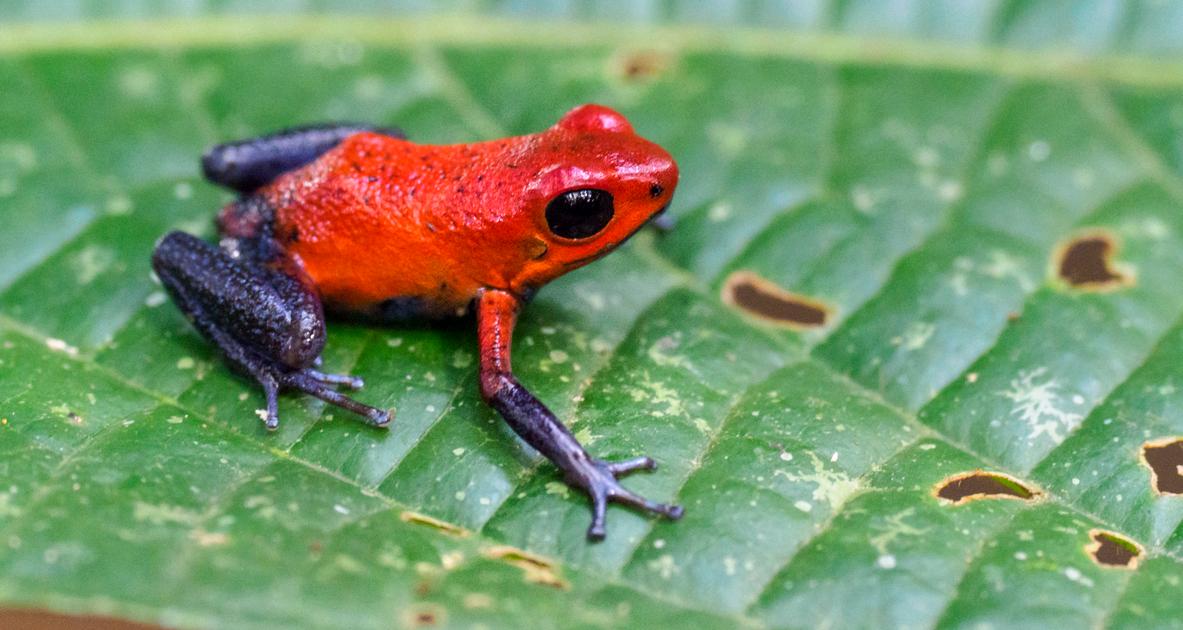
Poison Dart Frogs Are Becoming Popular Pets, but Just Touching Their Skin Could Kill You
Poison dart frogs may be colorful, tiny, and adorable — but if one brushes against you, you may come in contact with enough poison to kill you.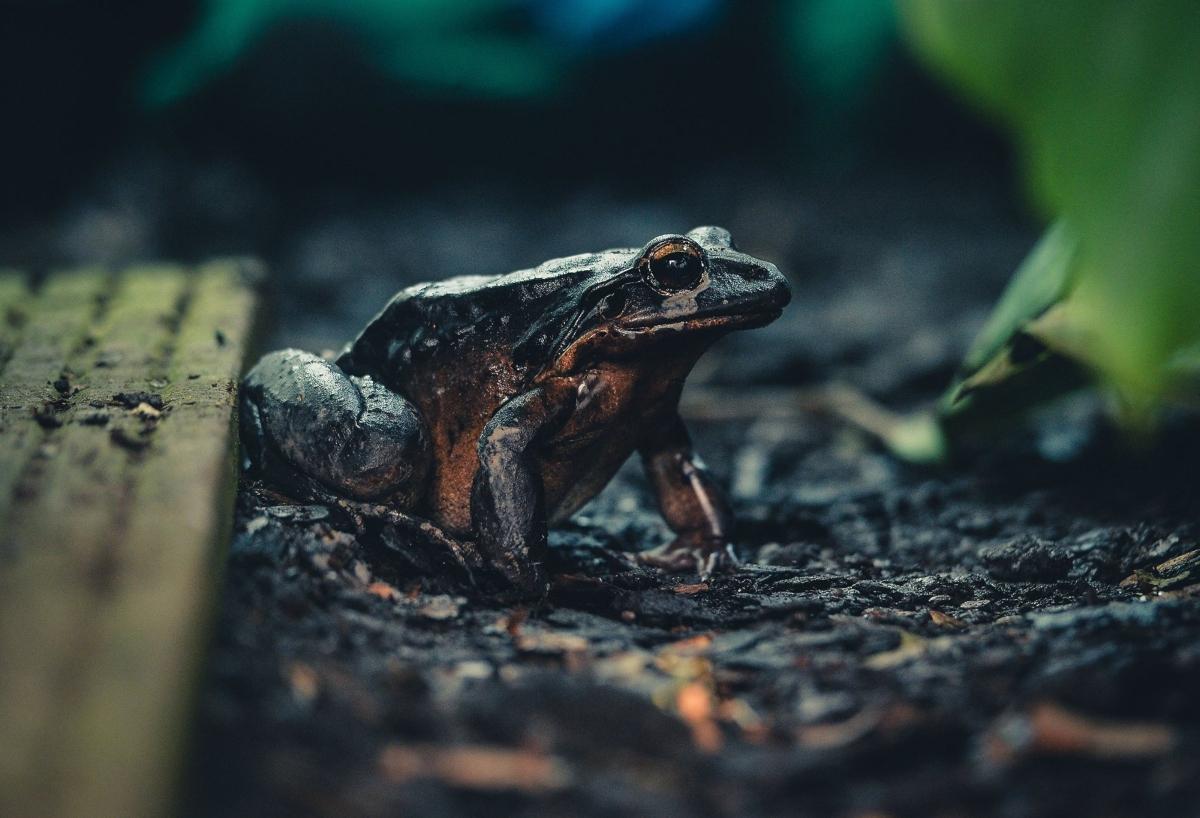
Mountain Chicken Frog Is Going Extinct, With Just 21 Remaining in the Wild
Researchers concluded that only 21 mountain chicken frogs remain in the wild, and climate change has been a major factor in the species' decline.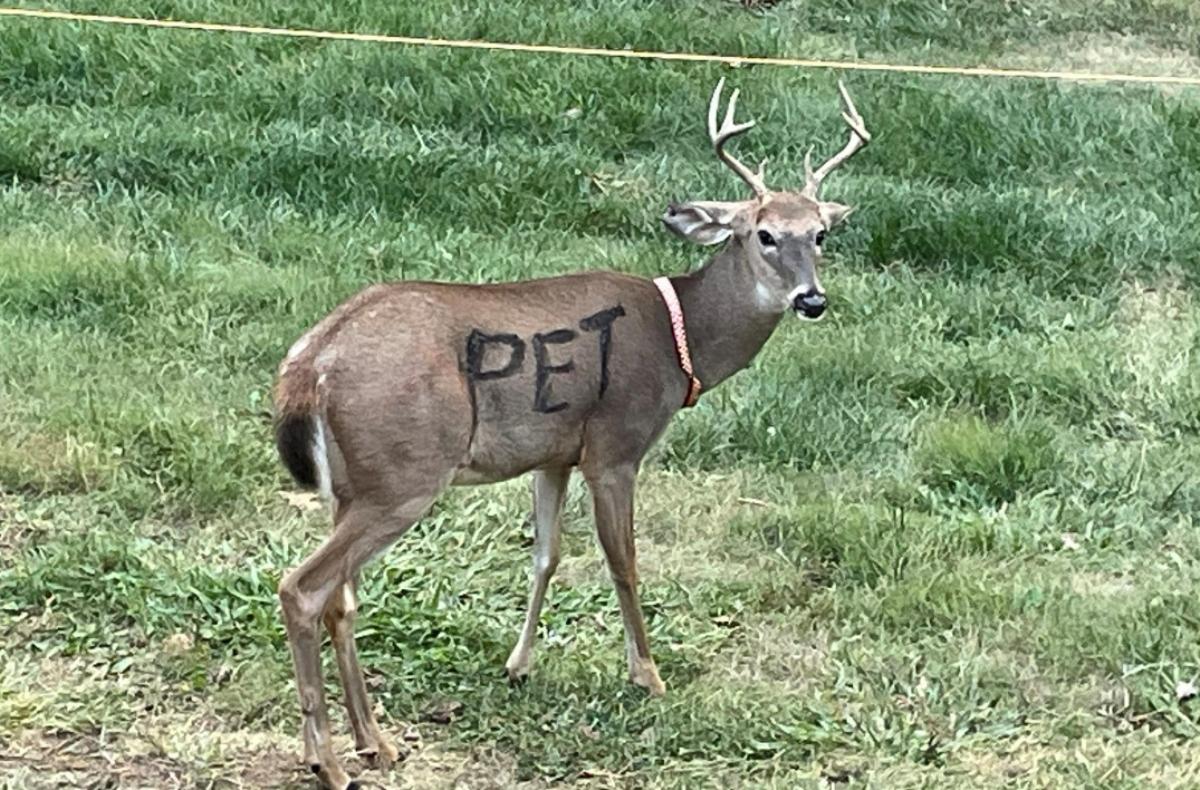
Wild Deer With "Pet" Painted on Body and Collar Spotted in Missouri
People love their pets, but a photo of a deer spray-painted with the word "PET" has raised questions about whether deer can be pets.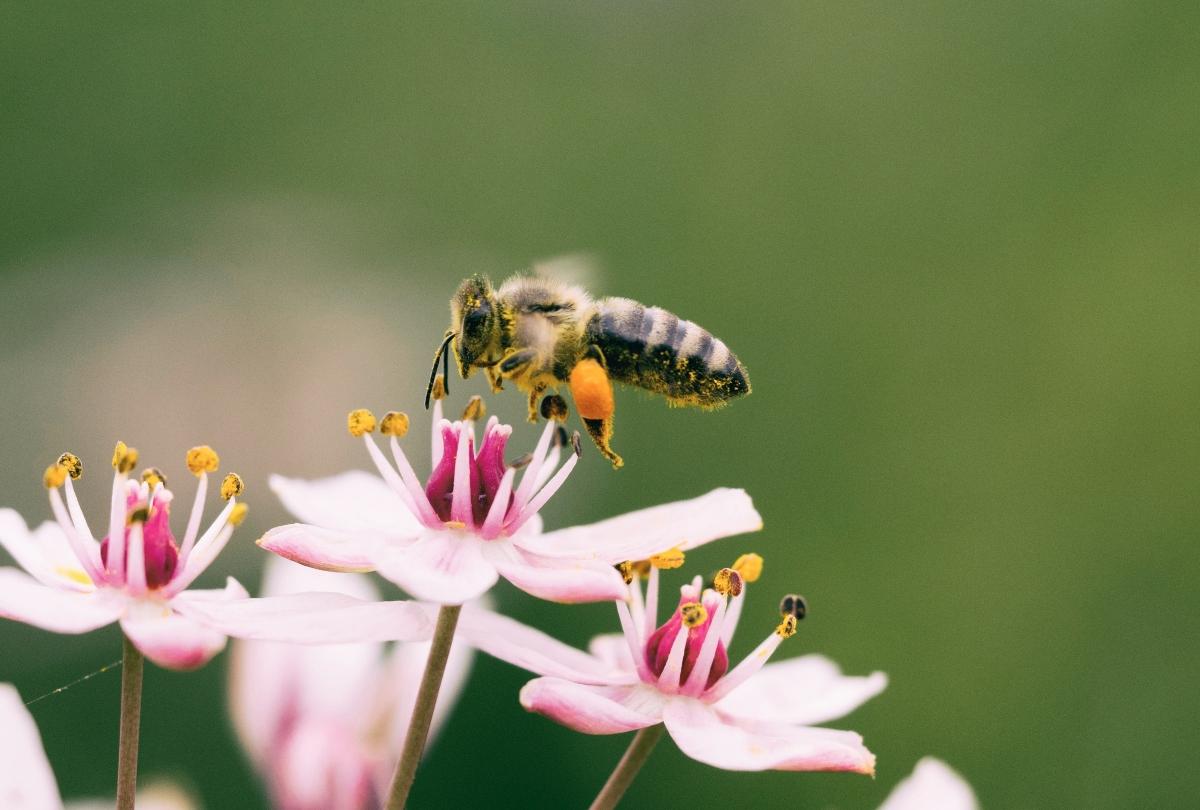
Bees' Sticky Hair Is More Than a Joke — It Helps Them Do Their Jobs
There's an old joke about why bees have sticky hair, but their stickiness actually impacts their survival.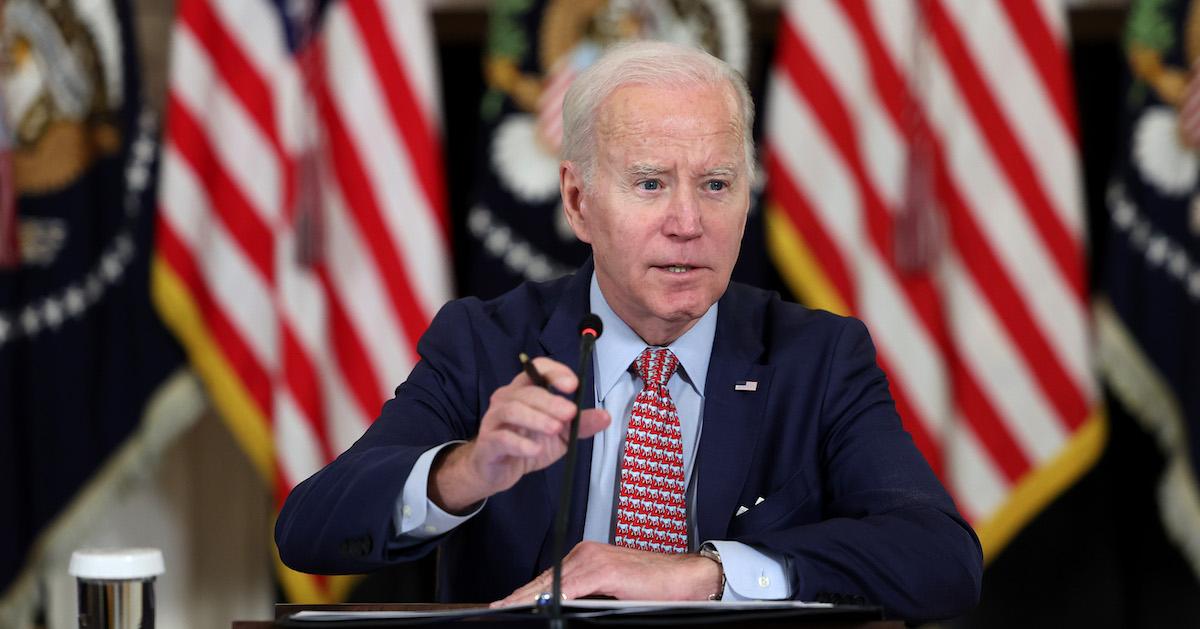
Biden to Resume Border Wall Construction, Defying Many Environmental Laws: "I Can't Stop That"
President Biden says he cannot stop construction on a border wall between the U.S. and Mexico, as funds have already been allocated.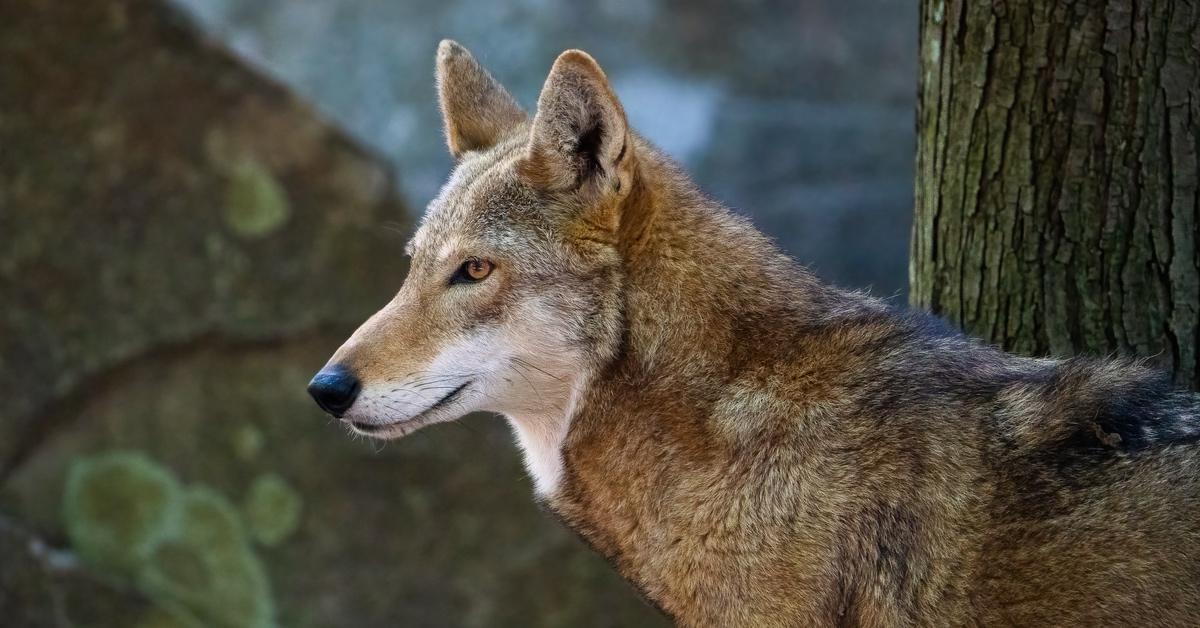
Updated Red Wolf Recovery Plan Calls for $328 Million Over the Next 50 Years
The U.S. has updated its red wolf recovery plan, calling for an estimated $328 million in spending over the next 50 years. Is it enough?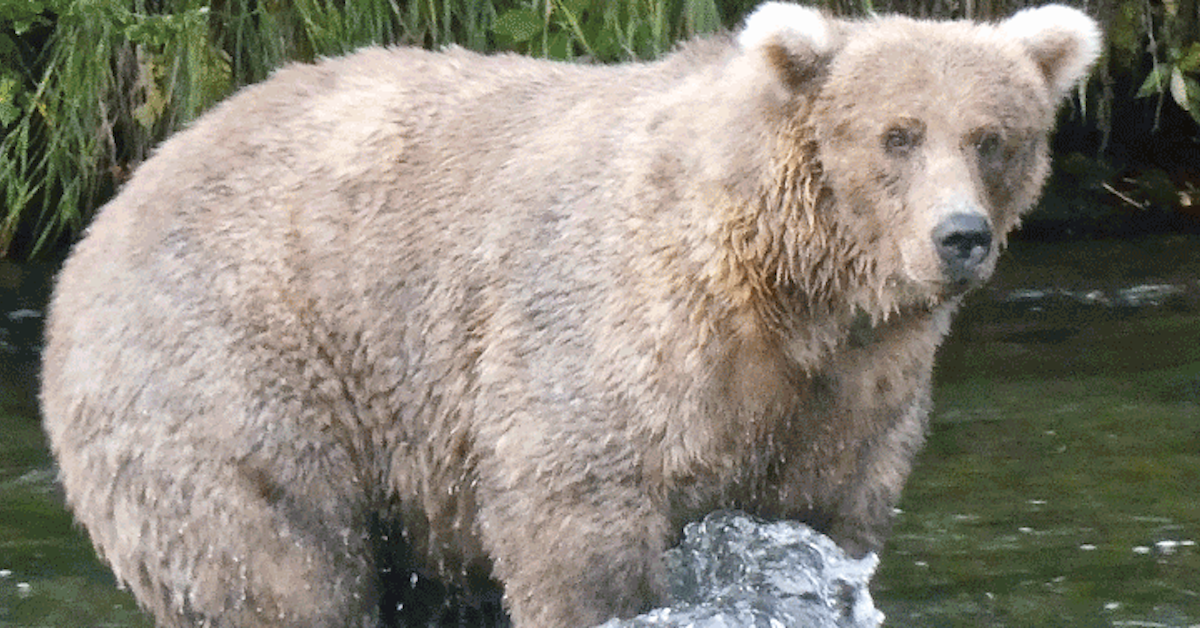
Fat Bear Week: The History, This Year’s Contestants, and More
We're delving into the history of the miraculous annual Fat Bear Week.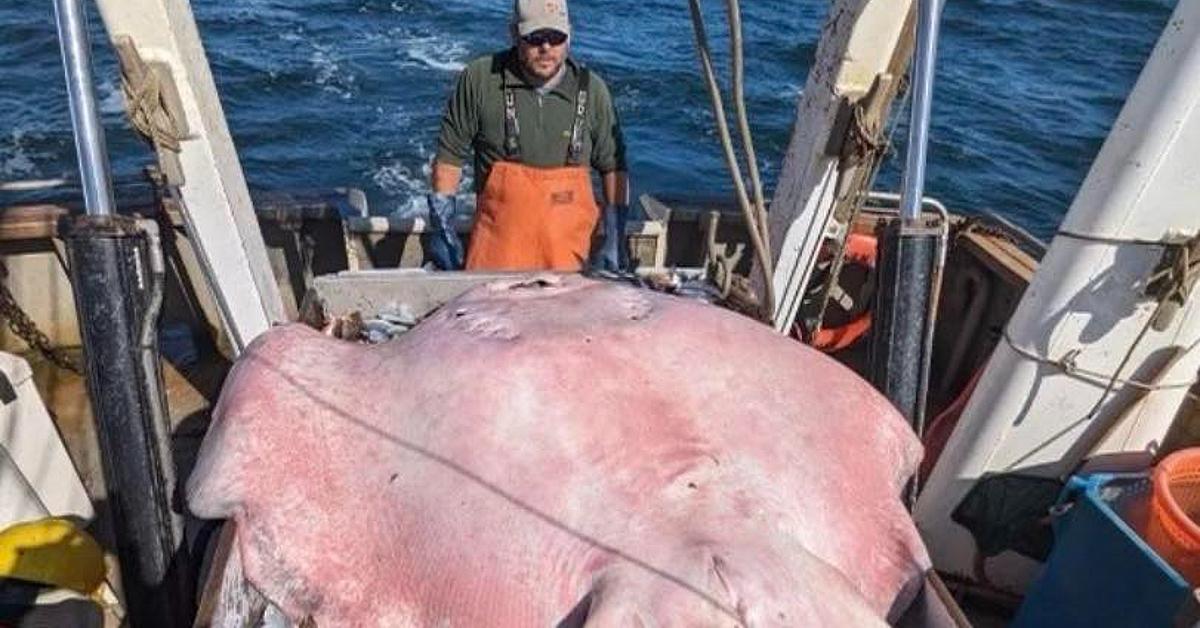
A Monstrous 400-Lb. Stingray Was Trawled Up in the Long Island Sound — What Does it Mean?
Connecticut Fish and Wildlife officials caught a 400-pound stingray in the Long Island Sound in September 2023. Here's what to know about the rare sighting.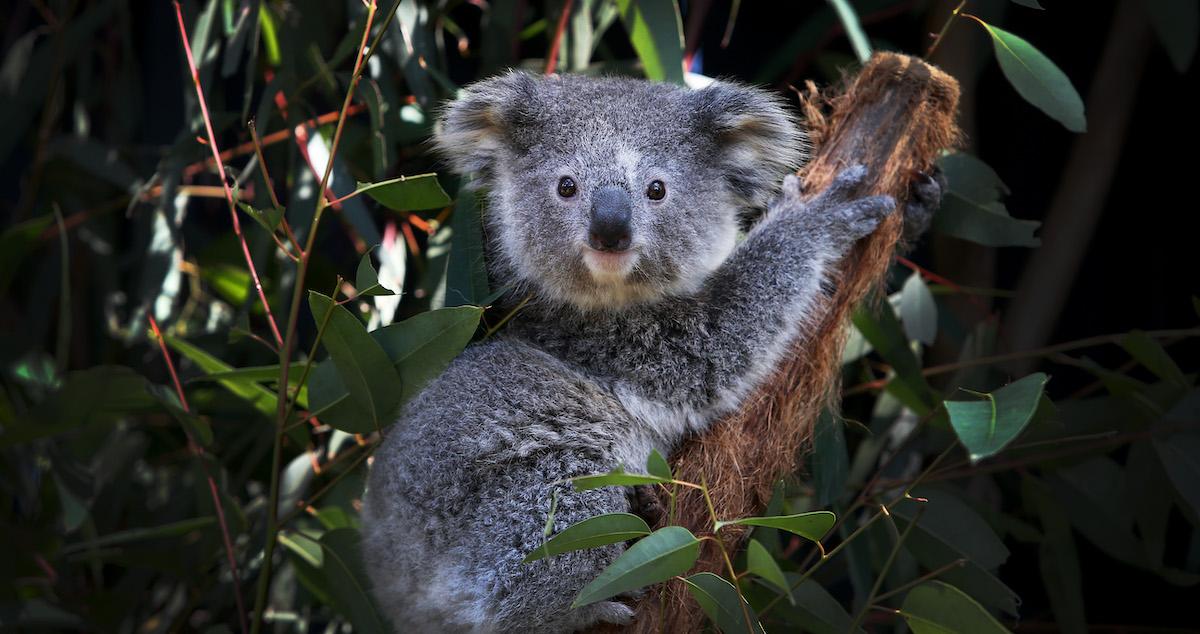
These 5 Animal Species Are Known for Not Being Bright, and We're Here to Bust Those Myths
These five animals are plagued by myths that they are less than intelligent — but they are actually all brilliant creatures.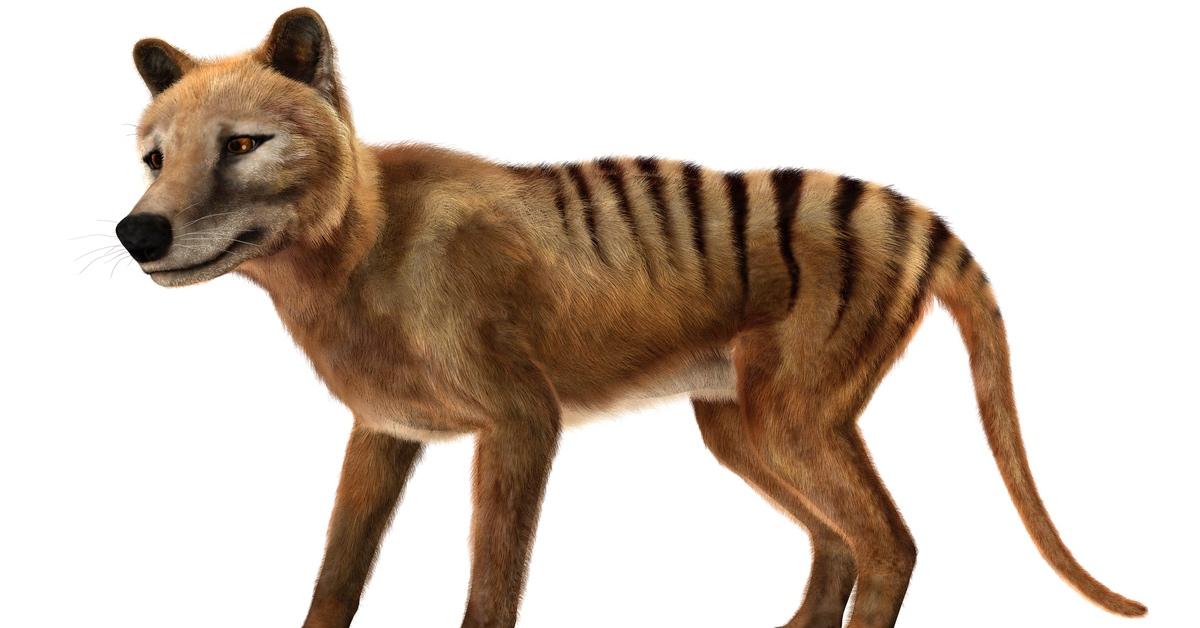
Scientists Recover RNA From the Extinct Tasmanian Tiger — What Happens Next?
In September 2023, scientists have successfully extracted RNA from a Tasmanian tiger, an extinct creature. What happens next?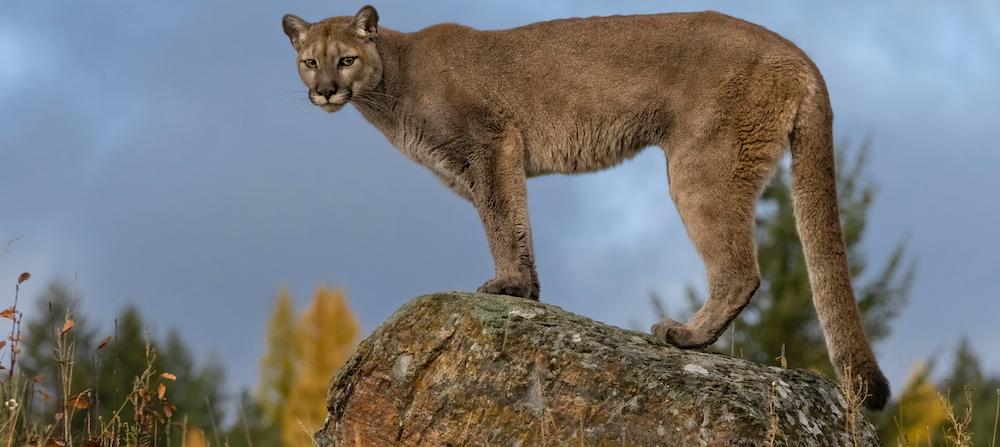
Perplexingly, Cougars Are Killing Wolves, Even Though They Used to Peacefully Coexist
Officials in Washington State want to know why cougars are killing wolves. There has been a spike in the number of deaths over the last few years.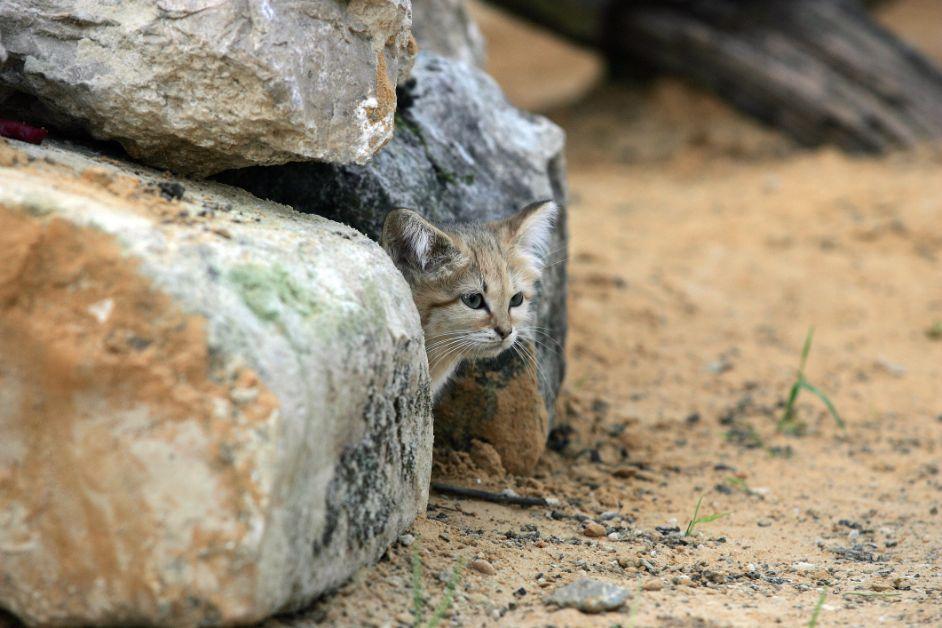
Sand Cats: The Wild Desert Cats Scientists Know So Little About
The sand cat is the only feline to live almost entirely in the desert, able to survive weeks without any water. But why are they so hard to find?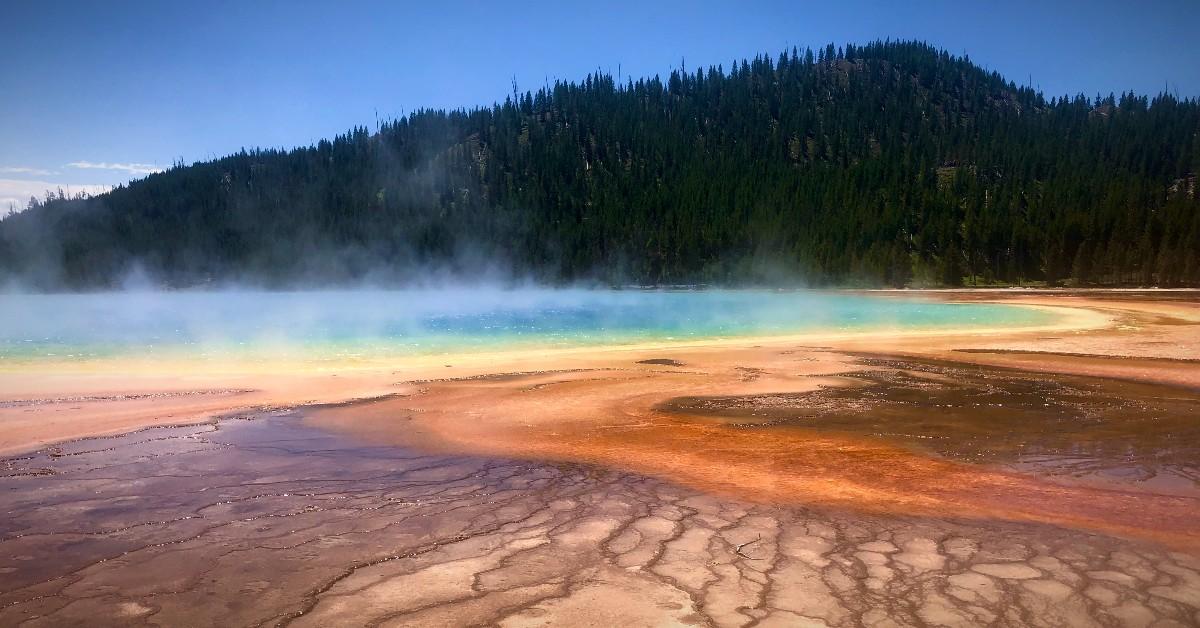
Can You Swim in Yellowstone National Park's Grand Prismatic Spring? An Expert Weighs In (Exclusive)
Naive Yellowstone National Park tourists have surely wondered, "Can you swim in the Grand Prismatic Spring?" Though its rainbow rings are stunning, danger awaits.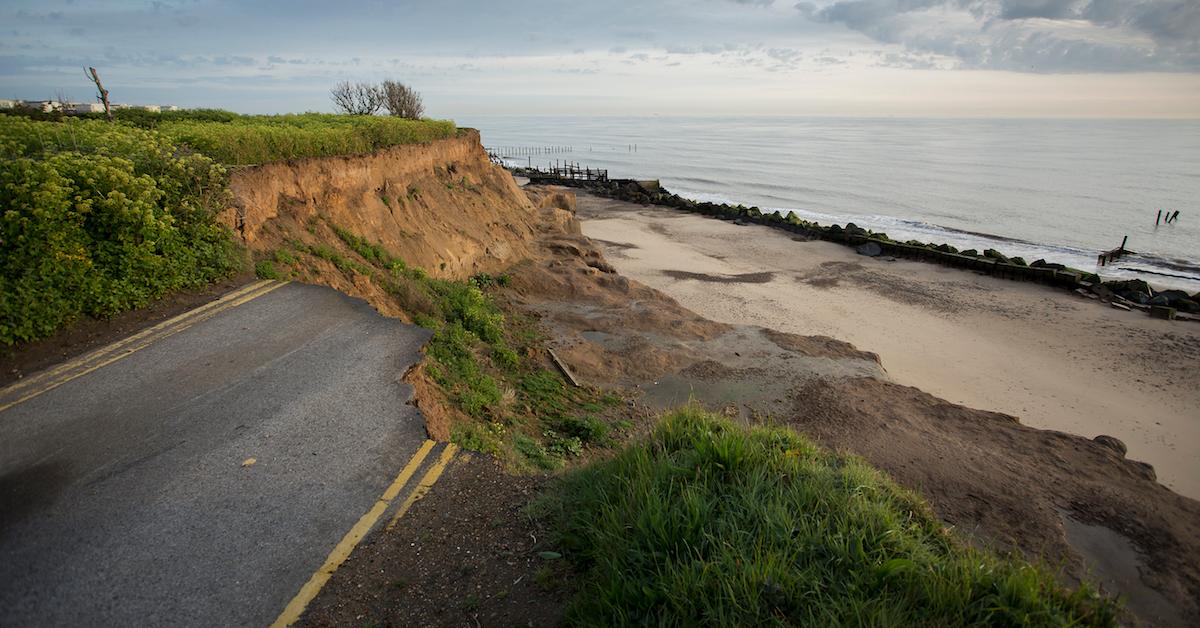
Soil Conservation Is Essential to a Healthy Ecosystem — Here Are Methods That Work
Soil conservation is an essential part of a healthy ecosystem — here's some great methods of conservation to try.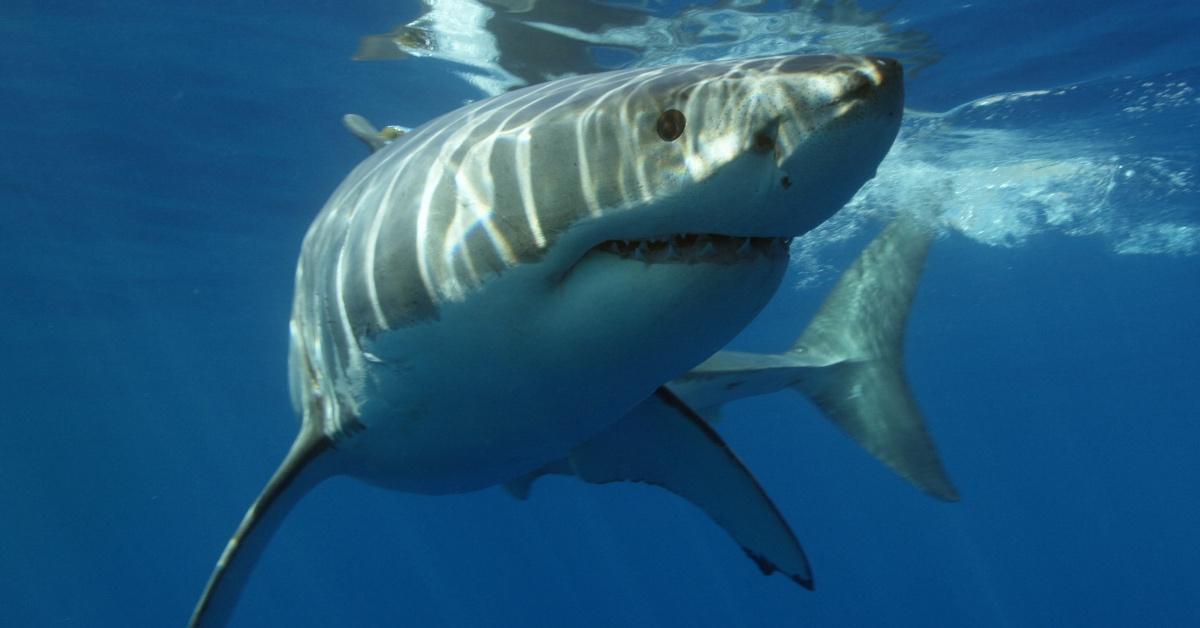
Did You Know Sharks Can Have Best Friends? Meet Simon and Jekyll
BFFs for life? Research suggests that great white sharks may have best friends. Here's what you need to know.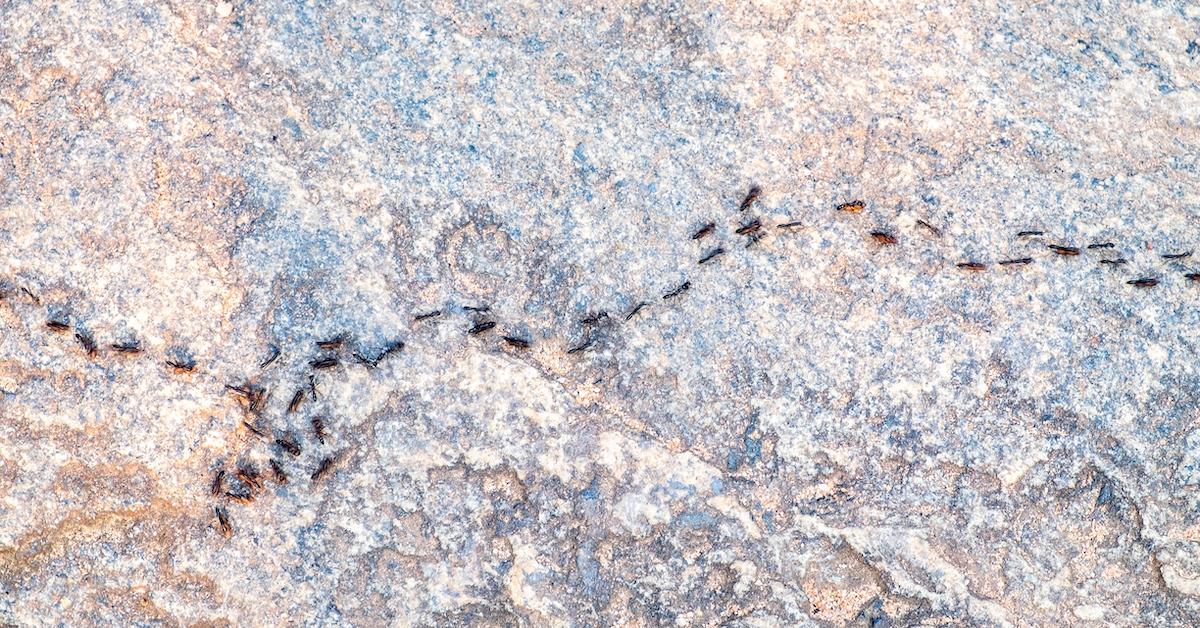
Why Do Ants Carry Their Dead? This Phenomenon Is Actually Very Strategic
Why do ants carry dead ants? The reason behind this phenomenon is pretty interesting.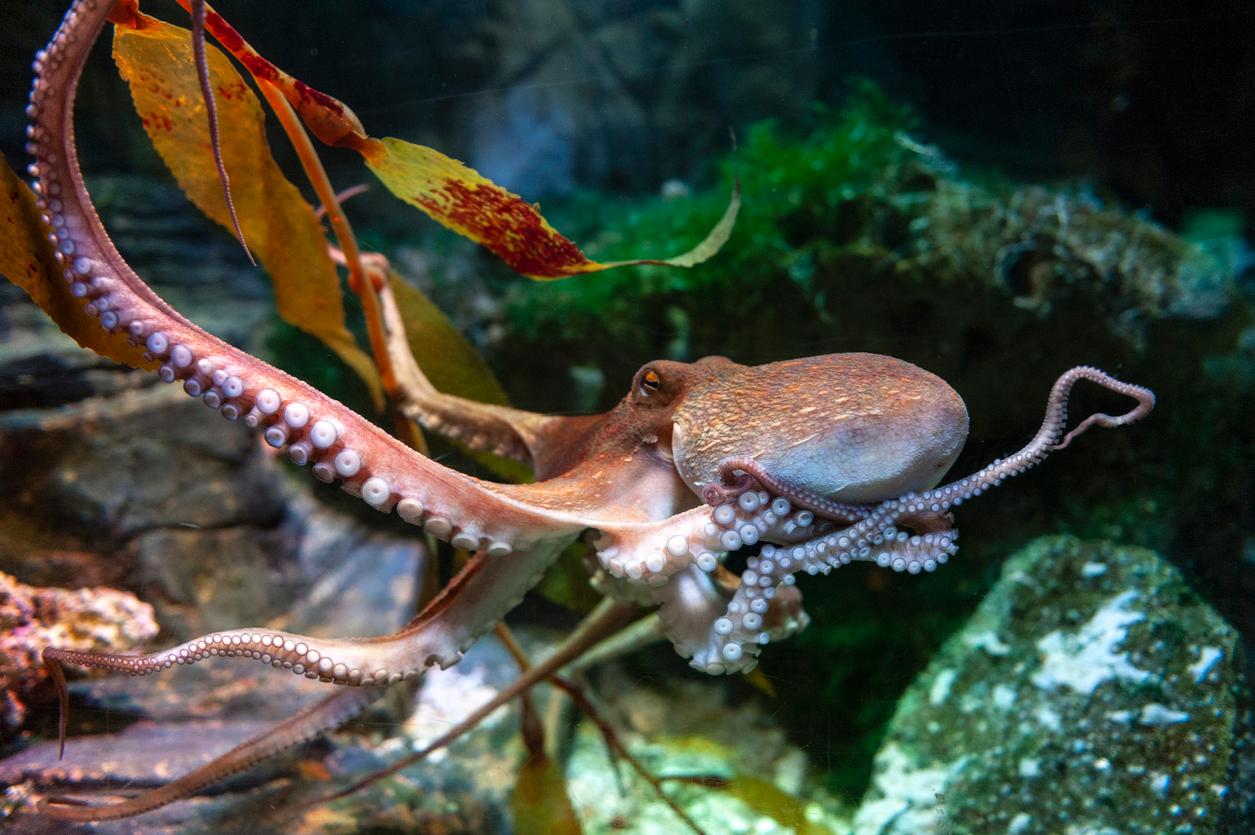
Do Octopuses Have Beaks? Here’s What We Know About the Unique Creature
How does an octopus beak work? Keep reading to learn more about these fascinating sea creatures.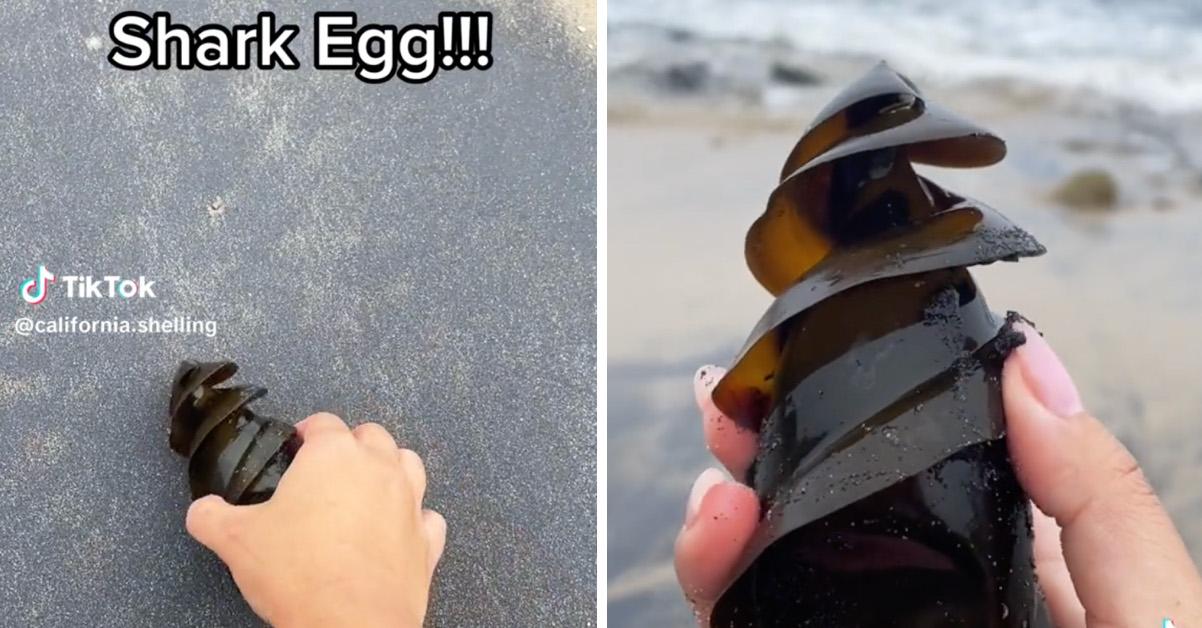
Beachgoer Finds a Corkscrew Shark Egg on the Beach, Stunning Millions
Did you know that California horn shark mothers lay corkscrew case eggs?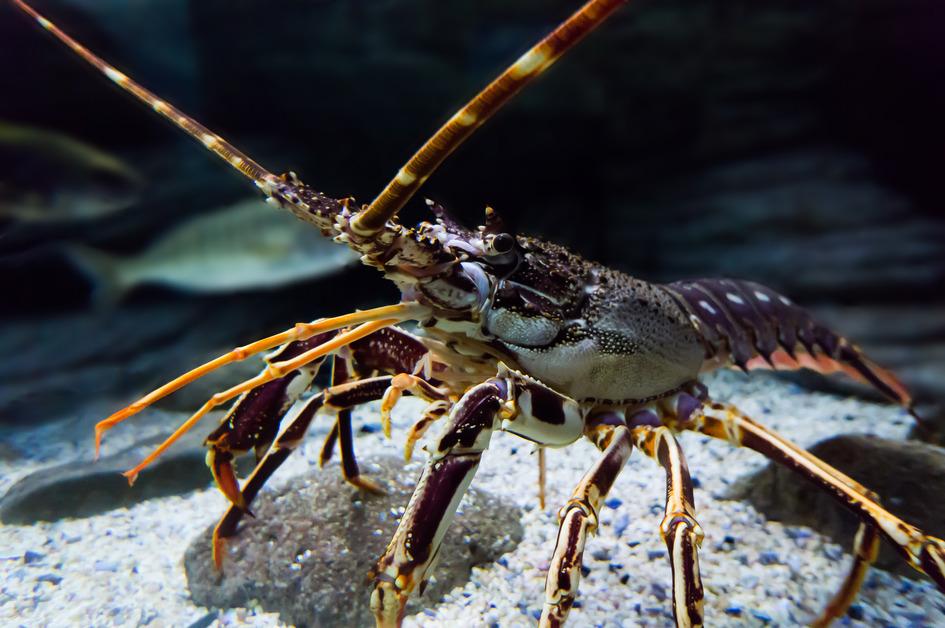
How Do Lobsters Communicate? By Peeing on Each Other, Mostly
While most human communication happens vocally, other species employ their other senses to talk to each other. When it comes to lobsters, they prefer to smell each other's pee.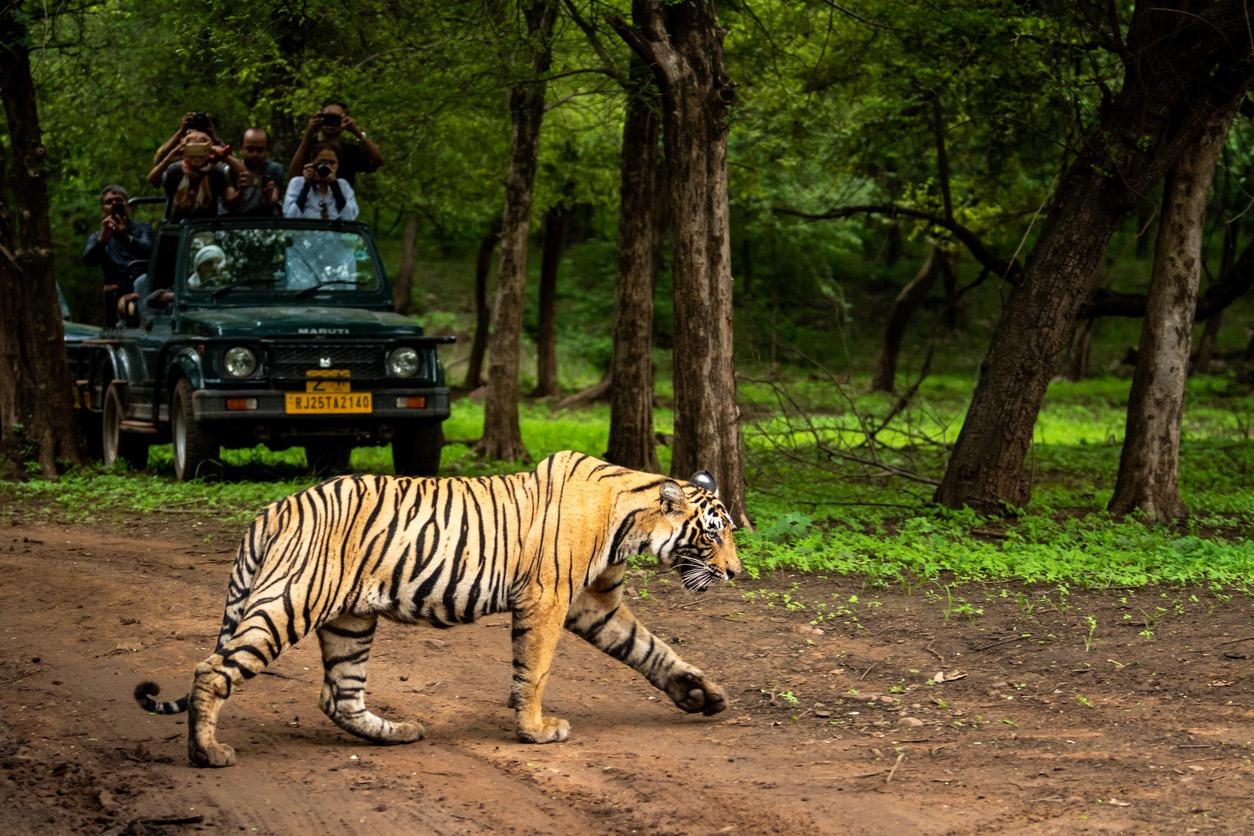
Humans Are the Main Reason Why Tigers Are Endangered: How to Help
Why are tigers endangered? The beloved top predator helps keep our environment intact, but their habitats are threatened by humans.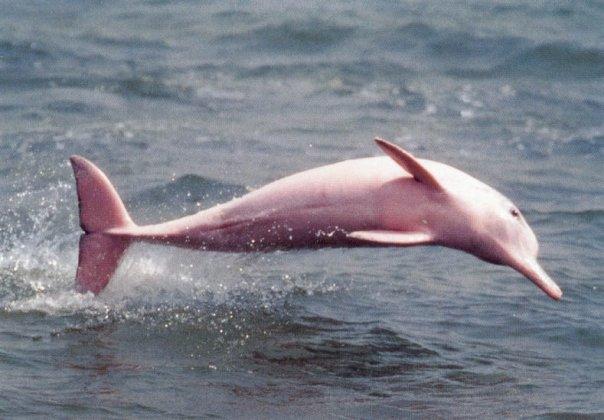
Fisherman Surprised to Capture a Rare Pink Dolphin Sighting — Watch the Video
A rare pink dolphin sighting took place in Louisiana. What species of dolphin could it have been, and how did it get to that body of water?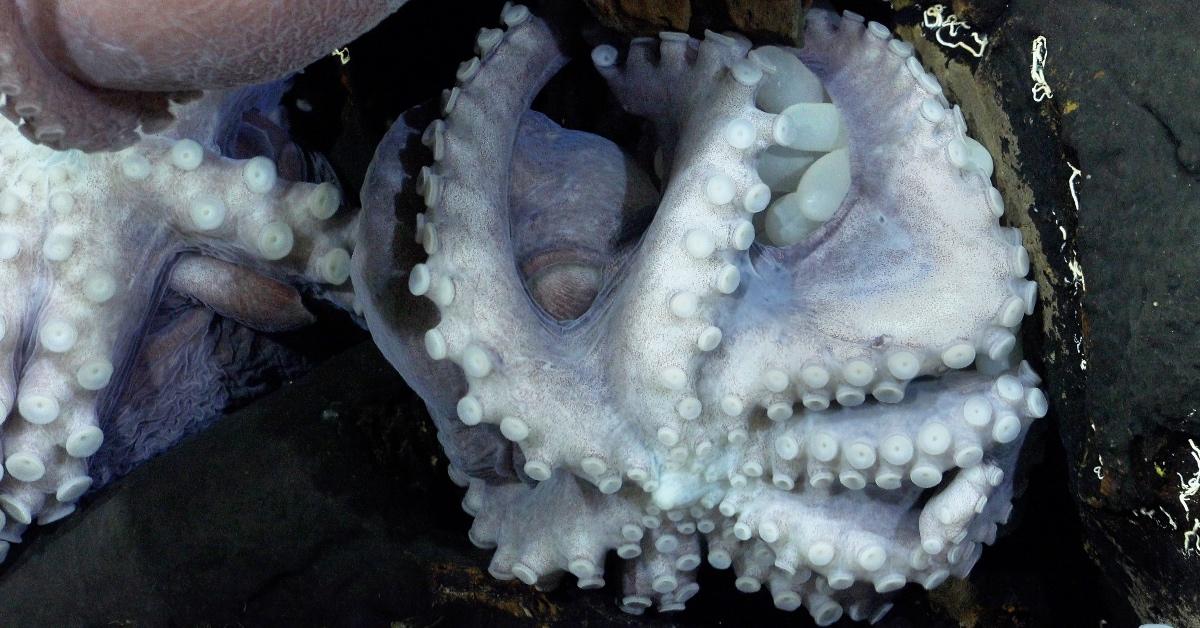
Scientists Discover Rare "Octopus Nursery" in Costa Rica — Details Here
Scientists estimate they may have discovered new octopus species in Costa Rica in an extremely rare "octopus nursery." Here's what to know.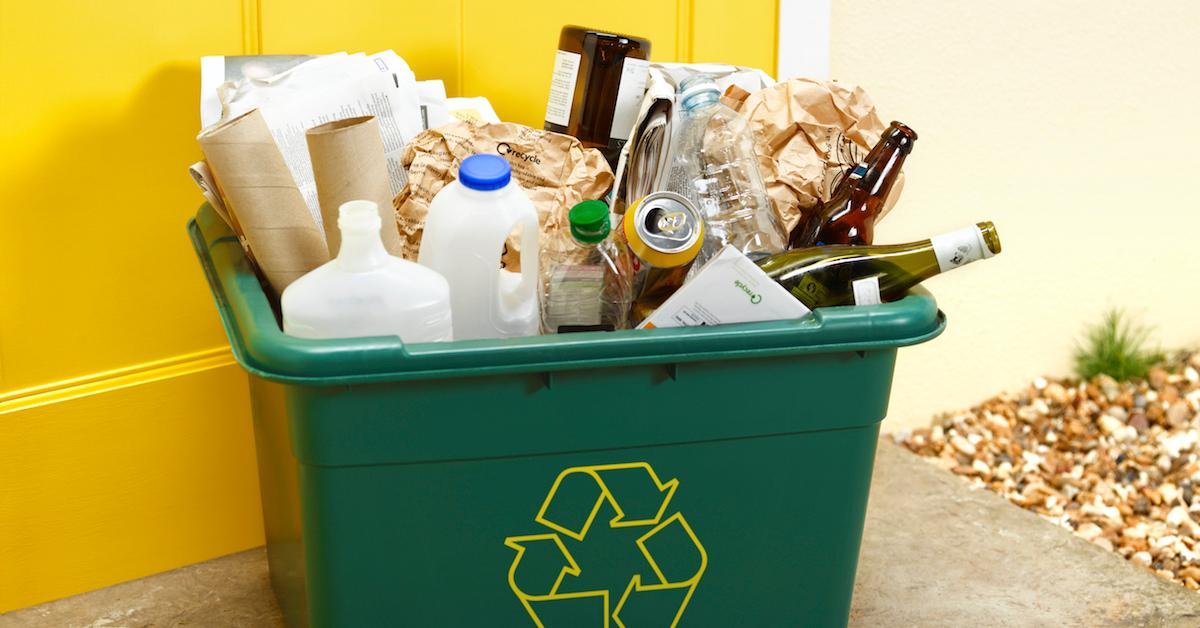
What Is Commingled Recycling? How Single-Stream Recycling Works
Commingled recycling, aka single-stream or dual-stream recycling, makes the recycling process easier for the public.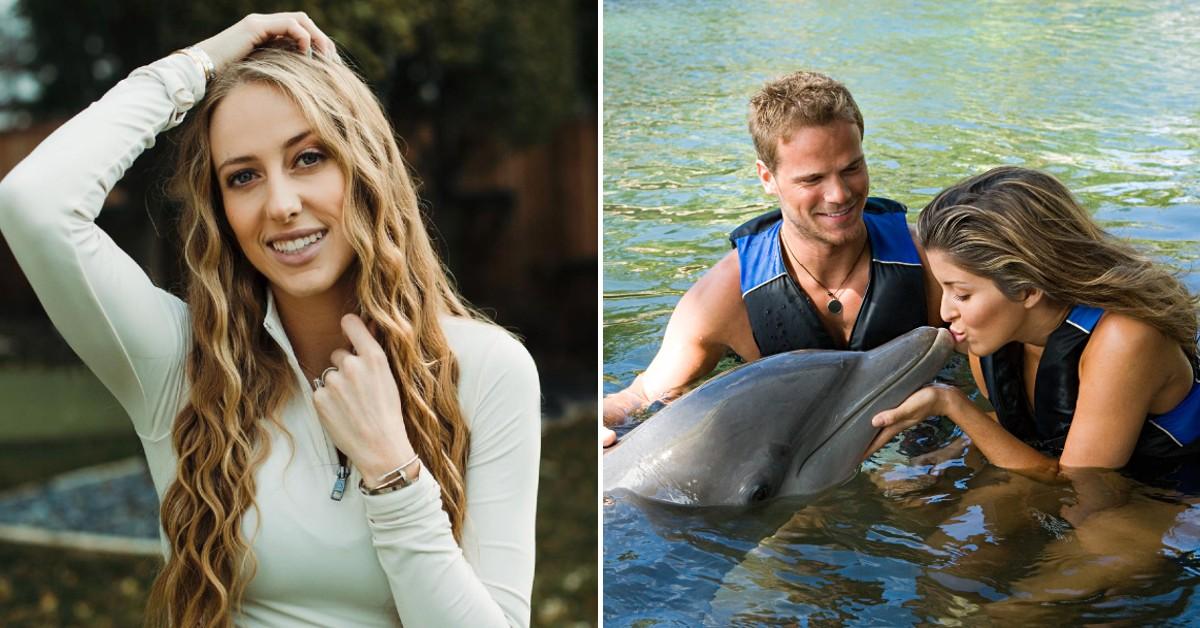
Is Swimming With Dolphins OK? Brittany Mahomes in Hot Water For "Snuggling a 400-Pound Dolphin"
Is swimming with dolphins ethical? From touch tanks to aerial shows to "swim with" programs, marine mammal captivity hides a disturbing dolphin tale.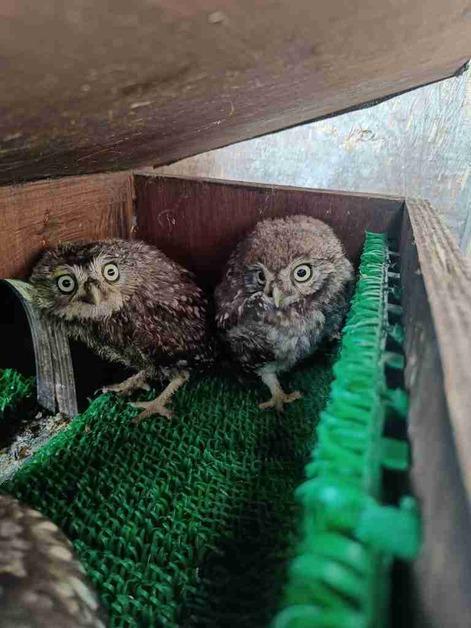
Baby Owls Found Under Stage After Guns N’ Roses Concert, Named Axl and Slash
Two abandoned owl chicks were discovered nesting under the Pyramid Stage after Guns N’ Roses played at the Glastonbury Festival.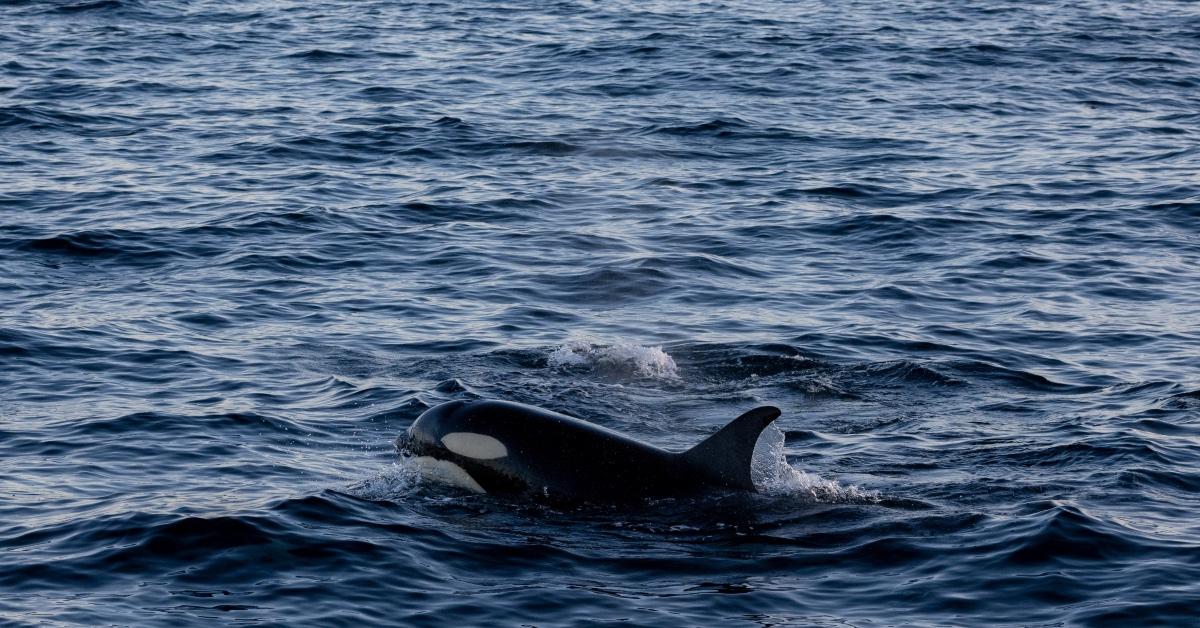
Do Orcas Eat Dolphins? Are Orcas Even Whales? All You Need to Know About Orcas
Do orca whales eat dolphins? People are curious about these "killer" creatures of the deep. Here's what to know about their diet and more.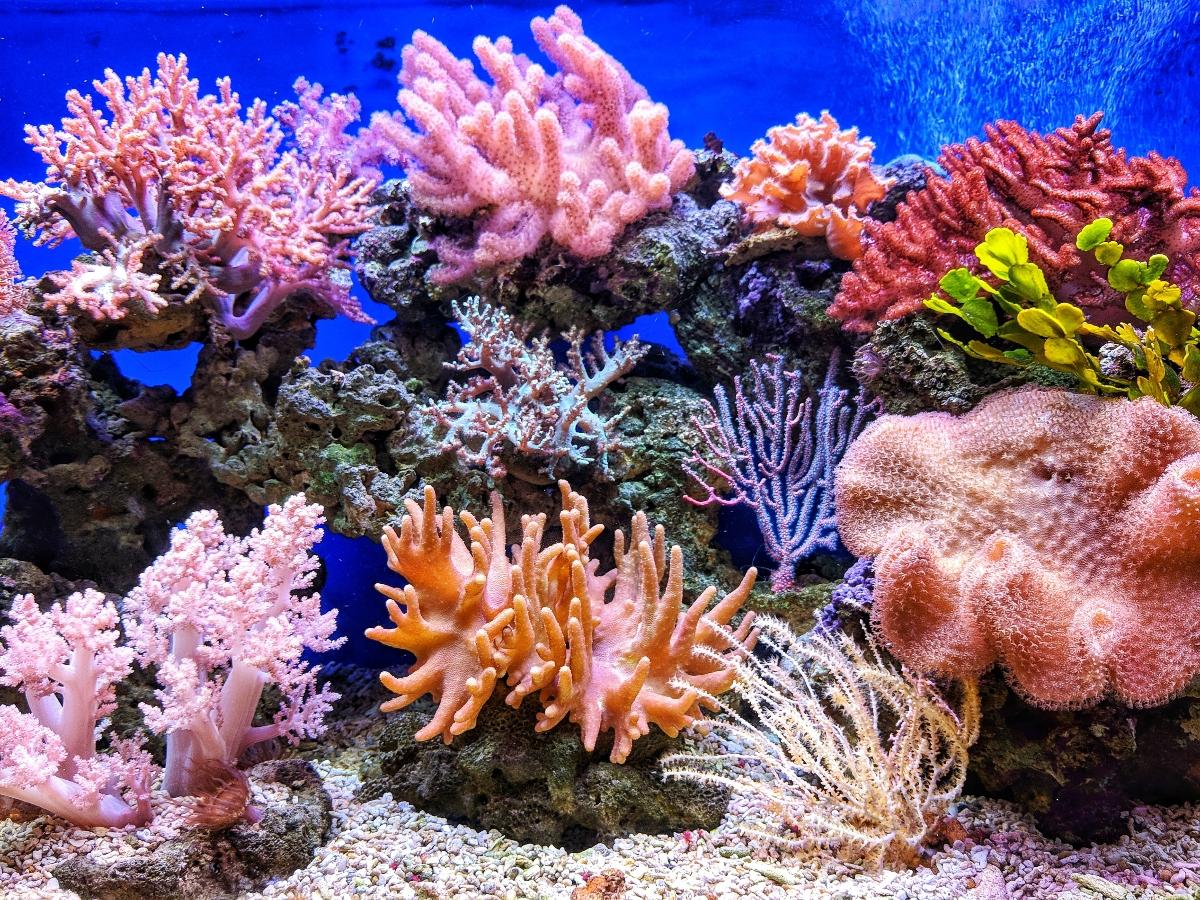
Diving into Coral Reefs: Little-Known Fun Facts About These Underwater Ecosystems
These fun facts about coral reefs may surprise you. You already know coral reefs are beautiful, but they're so much more than that.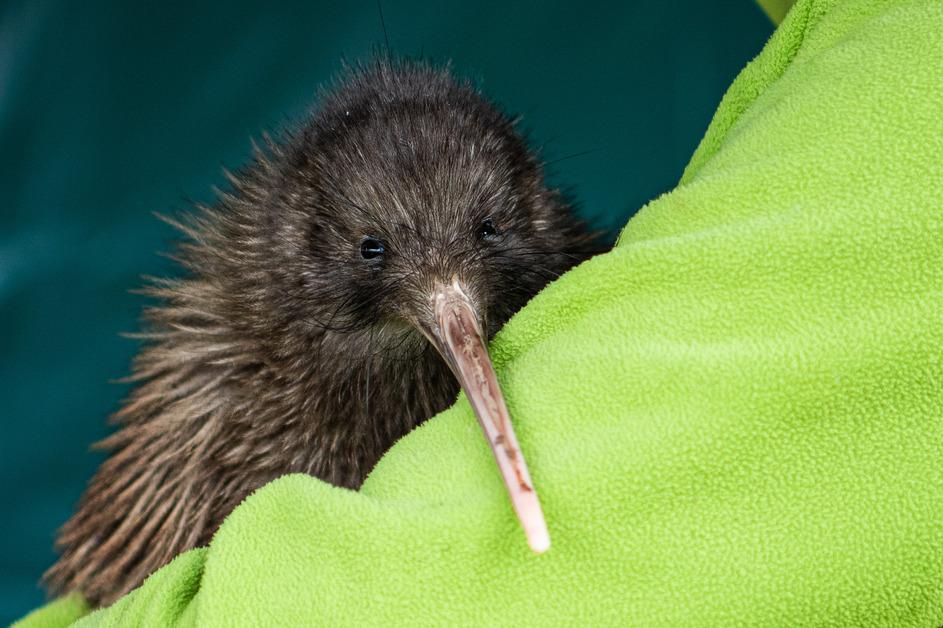
Zoo Miami Is “Deeply Sorry” After Video Shows Guests Manhandling Kiwi Bird
A video showing a kiwi bird being pet and held enraged New Zealand, and sparked an online storm.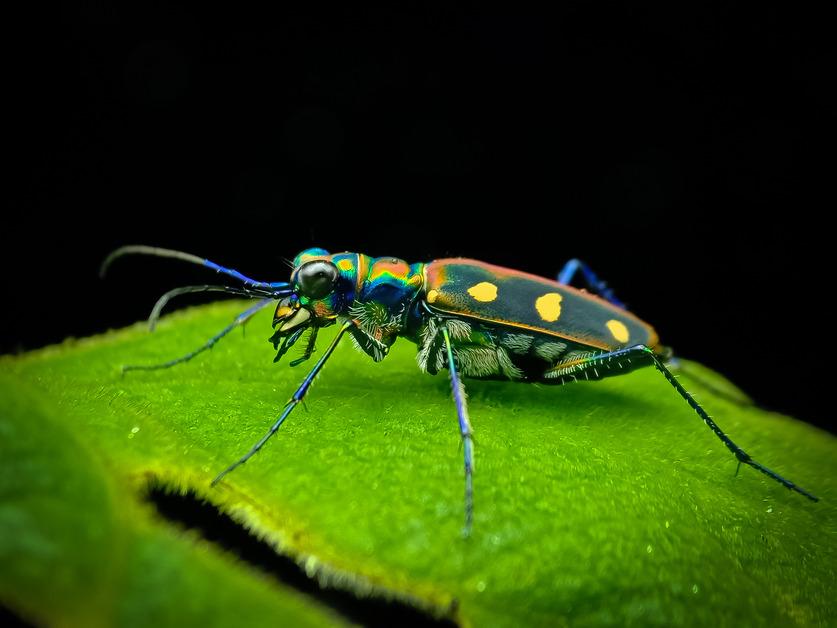
The Tiger Beetle Is One of the Scariest and Fastest Insect Predators Out There
The tiger beetle is a dominant predator in the insect world; however, with their diminishing habitat, survival isn’t as easy.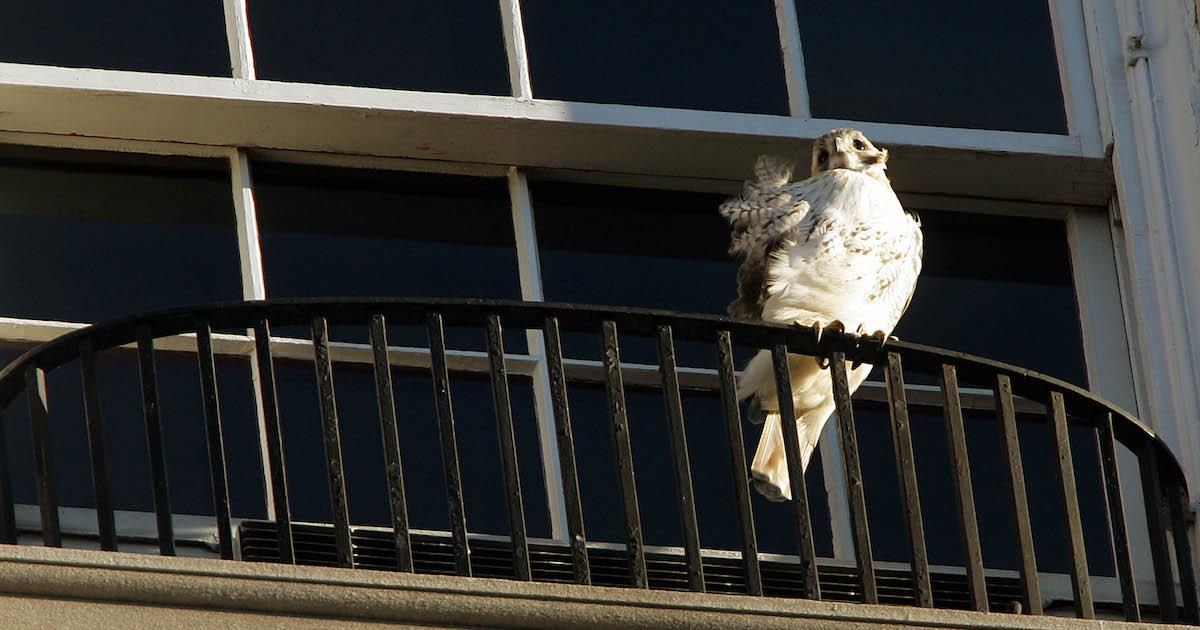
Pale Male, Central Park's Red-Tailed Hawk, Dies at 32 — or Was He Already Dead?
Pale Male, a red-tailed hawk who won the heart of New York City, allegedly just passed away — though some believe he's been dead for years.
The Endangered Species Act Has Been Around for Decades — but Wildlife Still Needs Our Help
As the Endangered Species Act celebrates its 50 year anniversary, we look at how people can help with the top 10 ways to protect endangered species.
Oyster Restoration Programs: What They Do, Why They’re Important, and More
What is oyster restoration? There are a wide variety of programs that are working to conserve the oyster population in rivers across the globe.